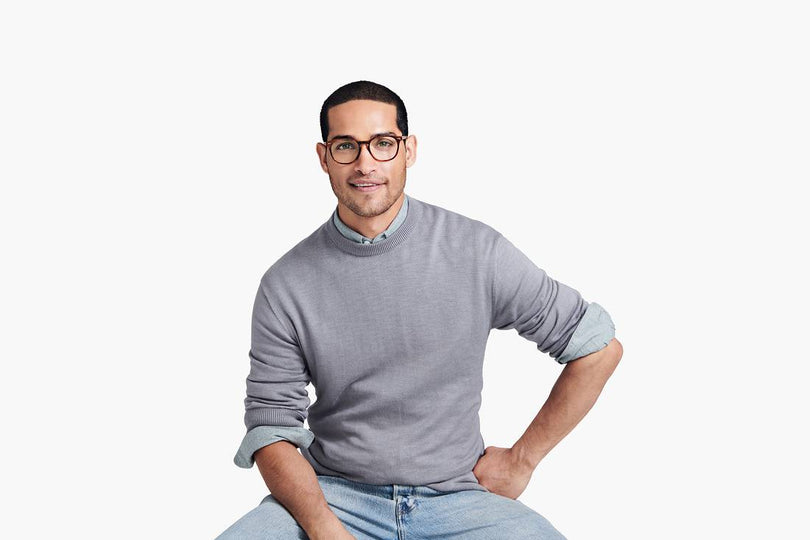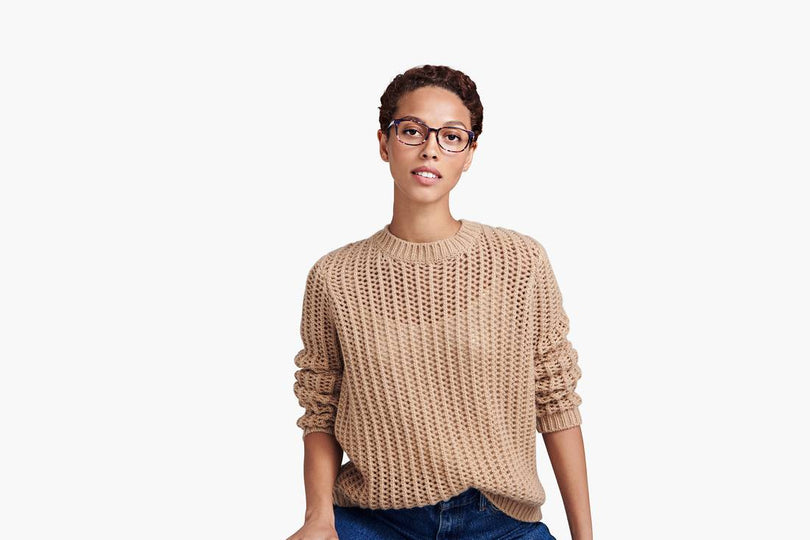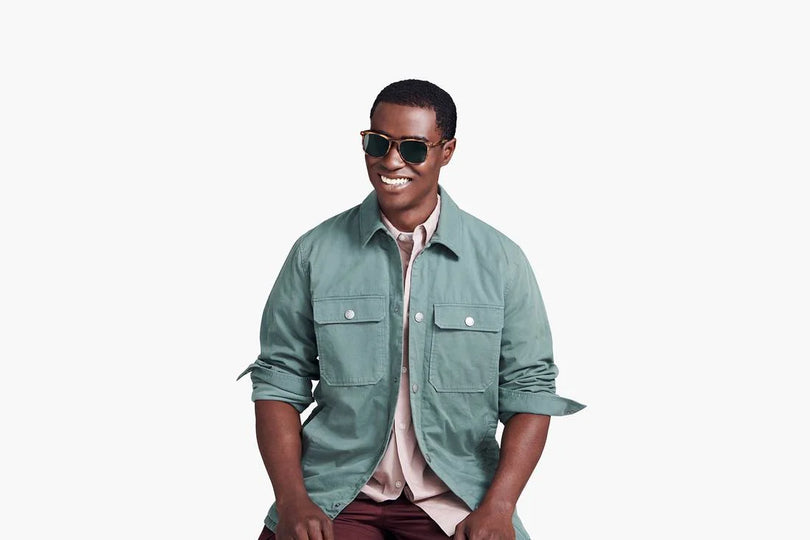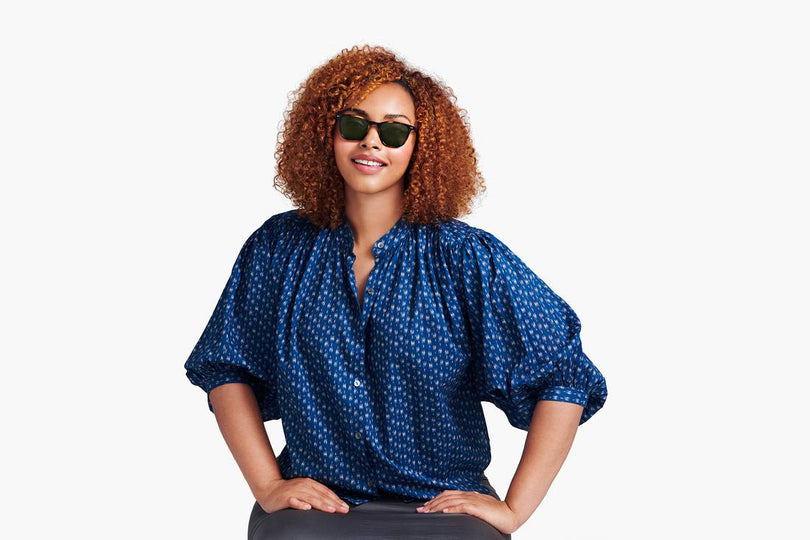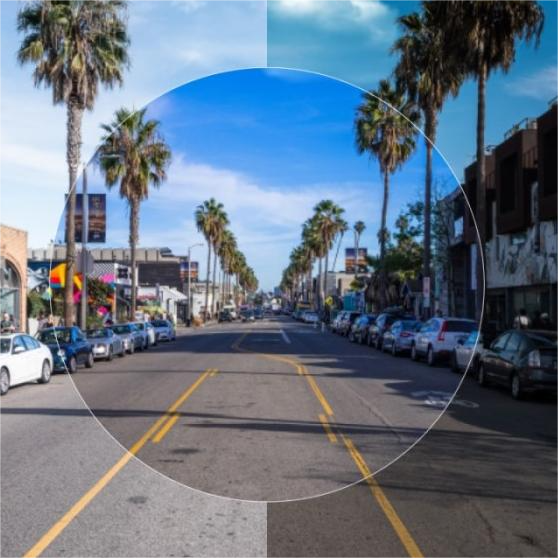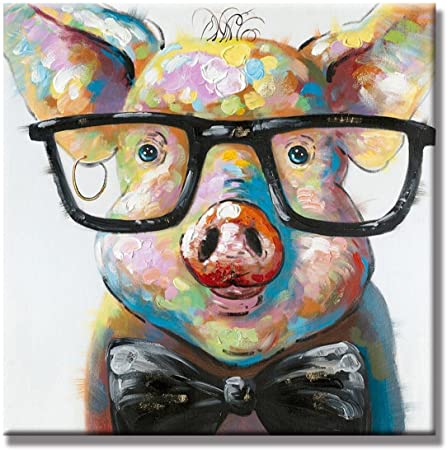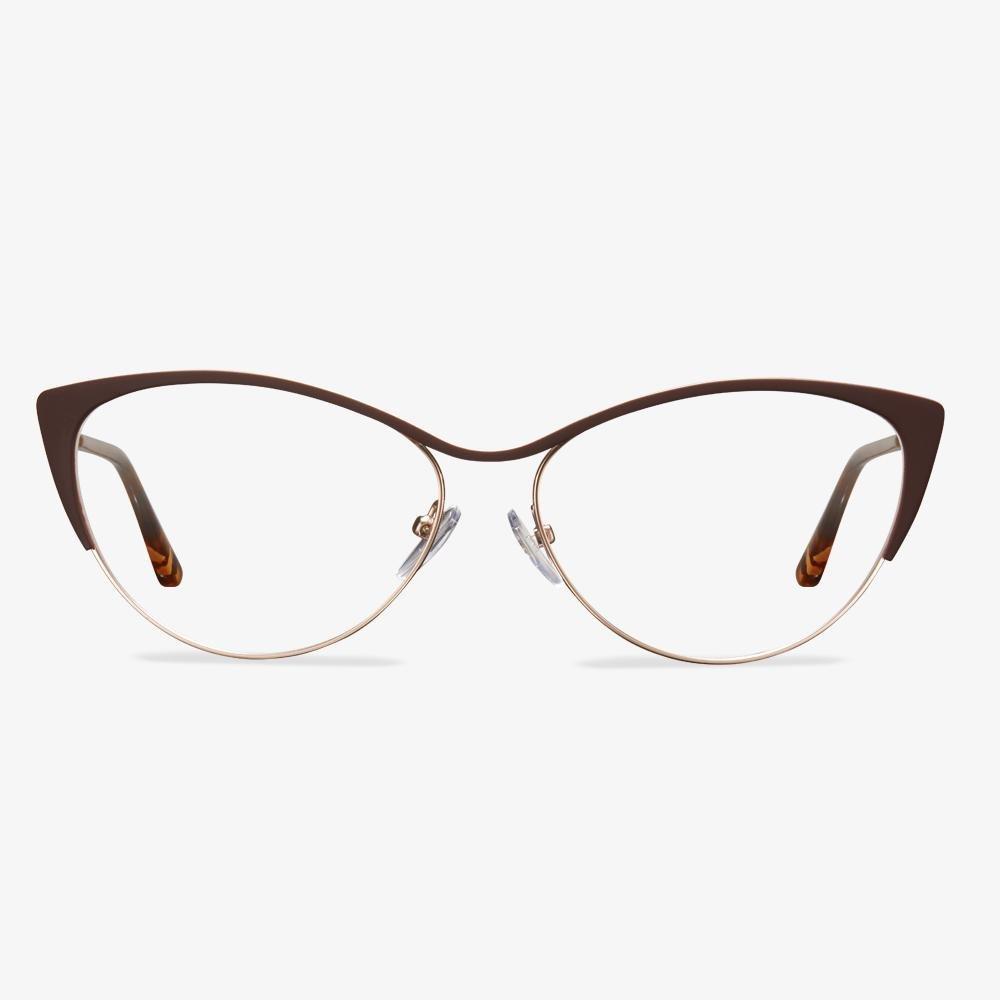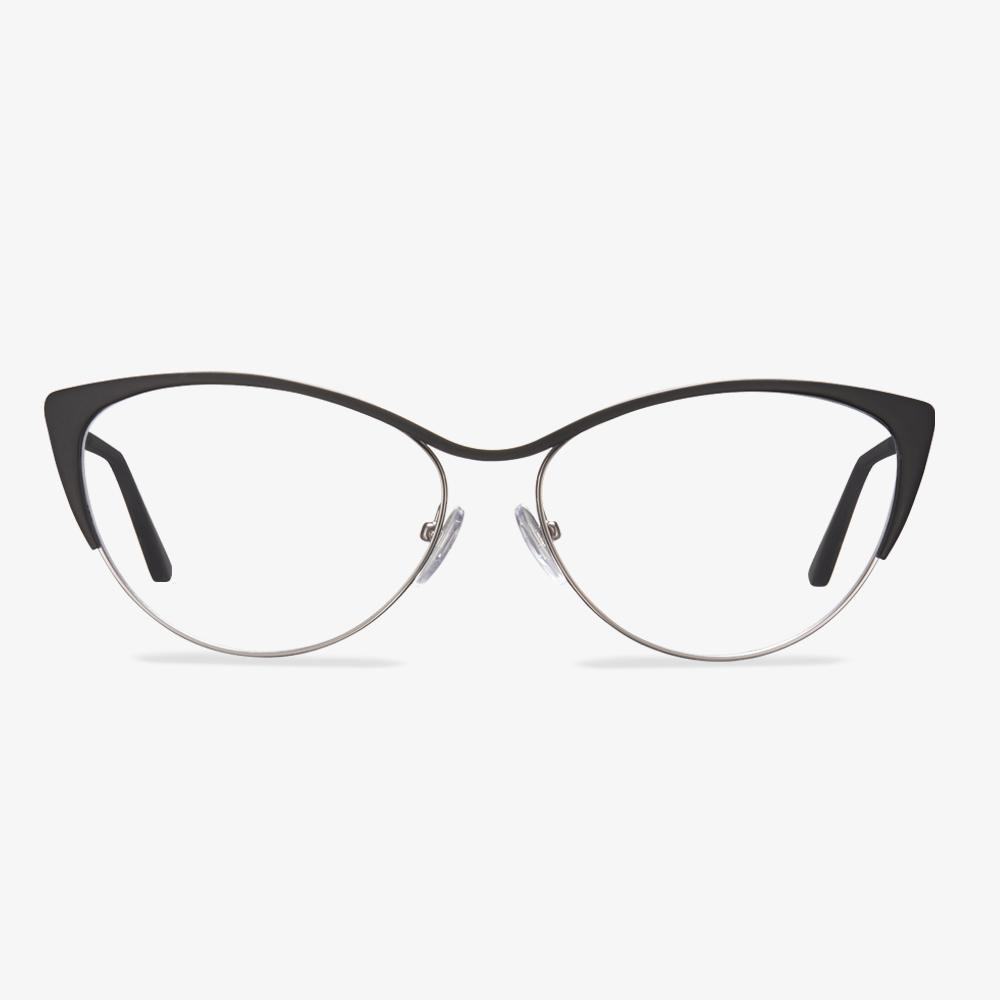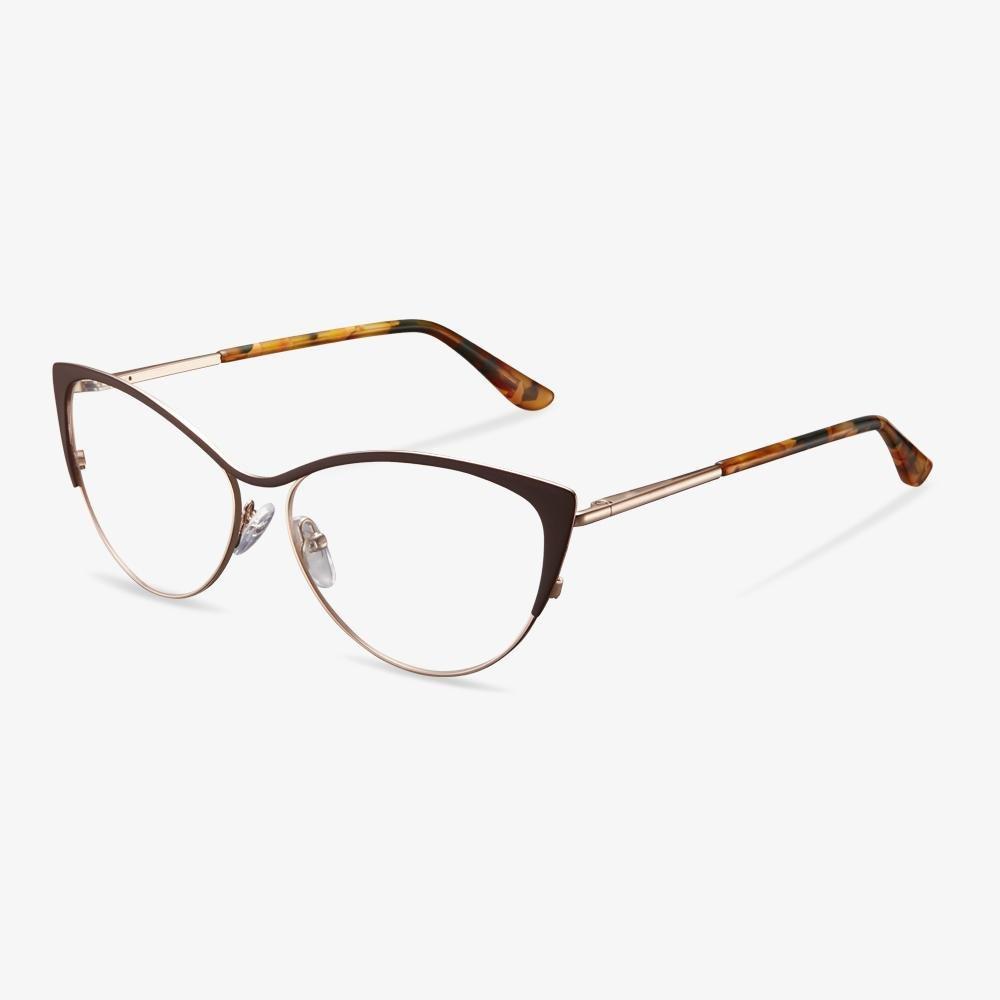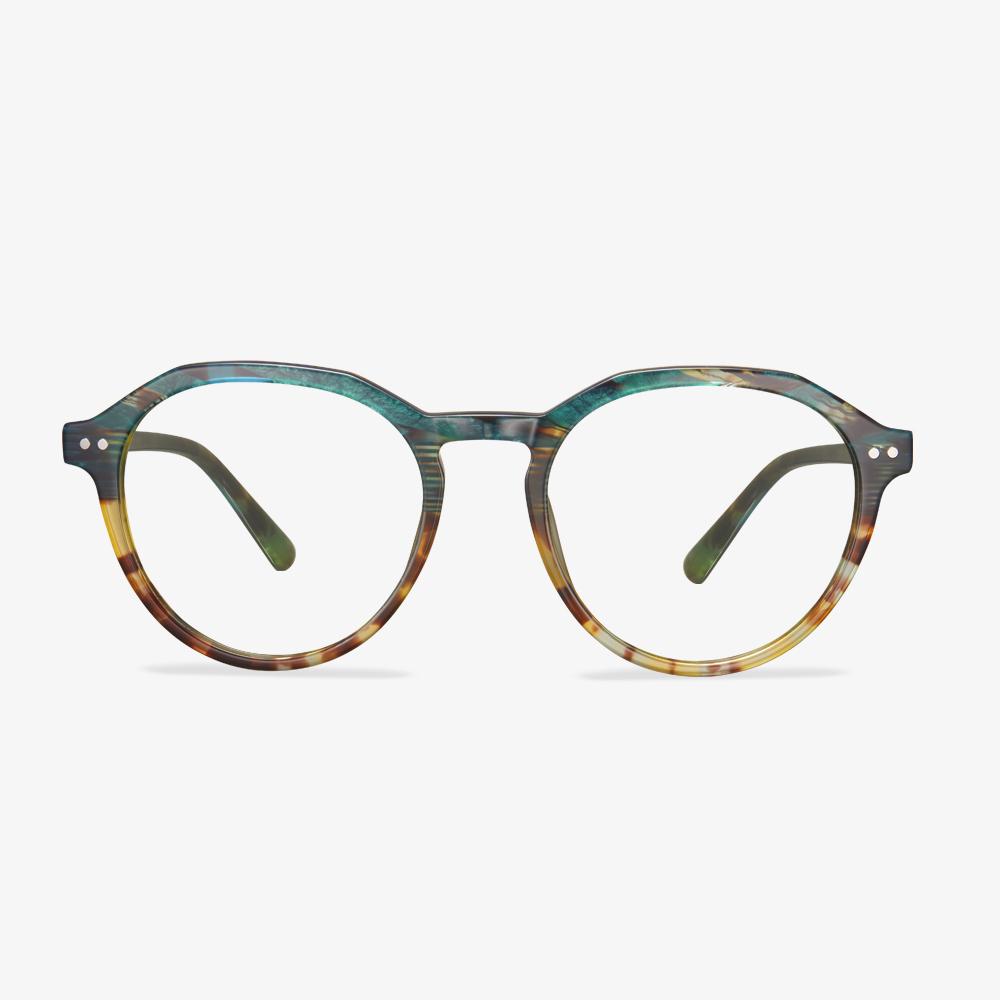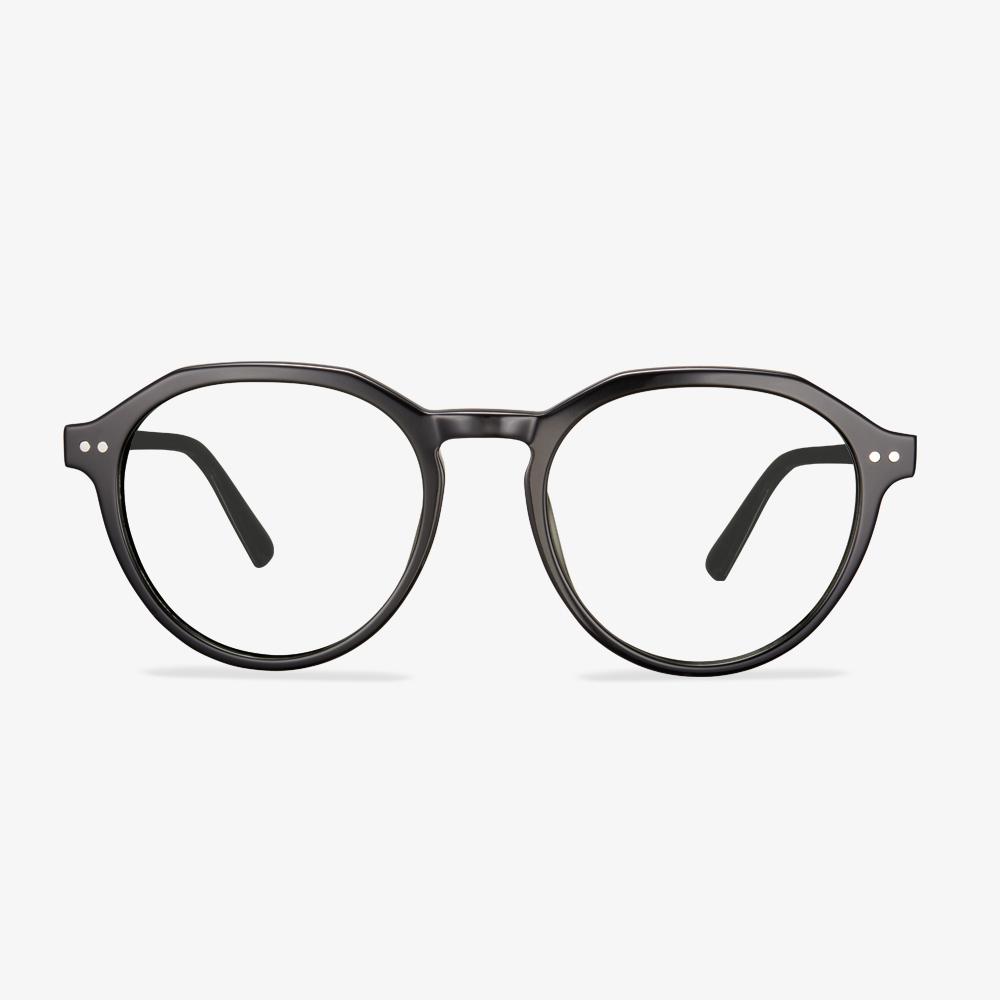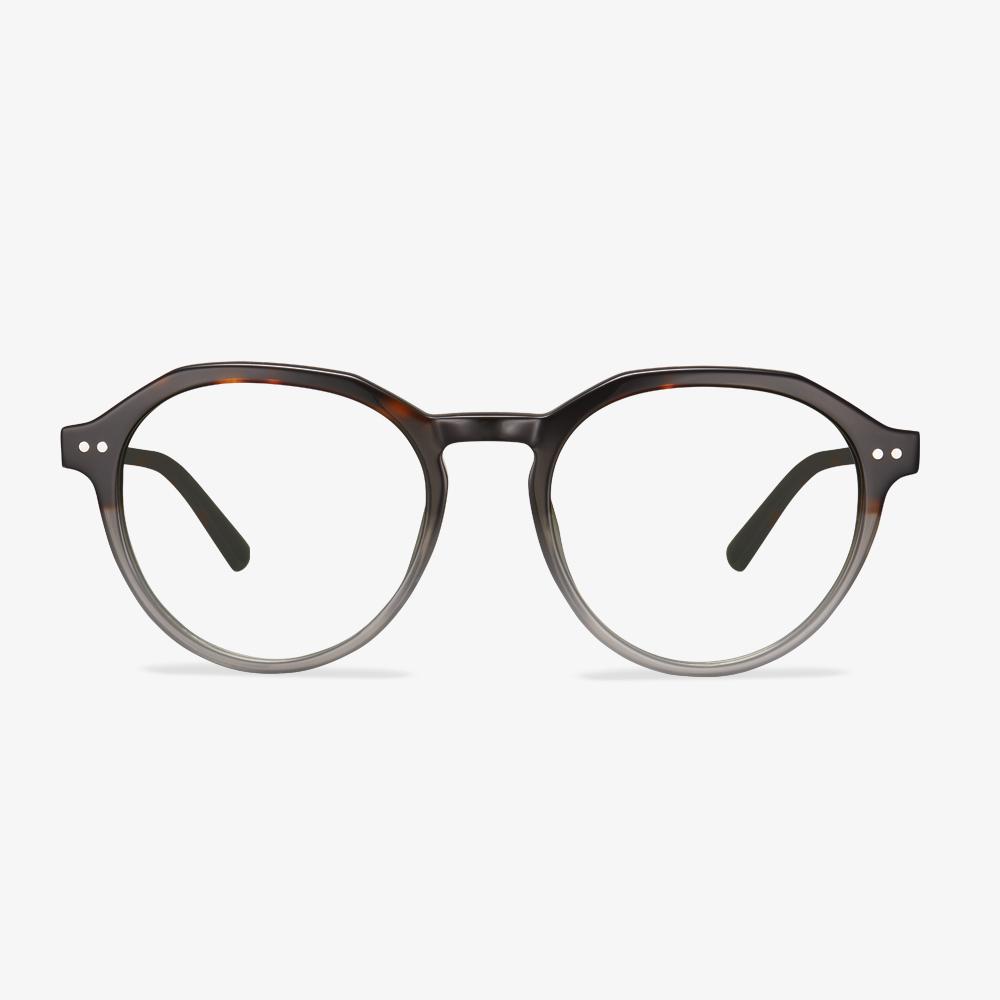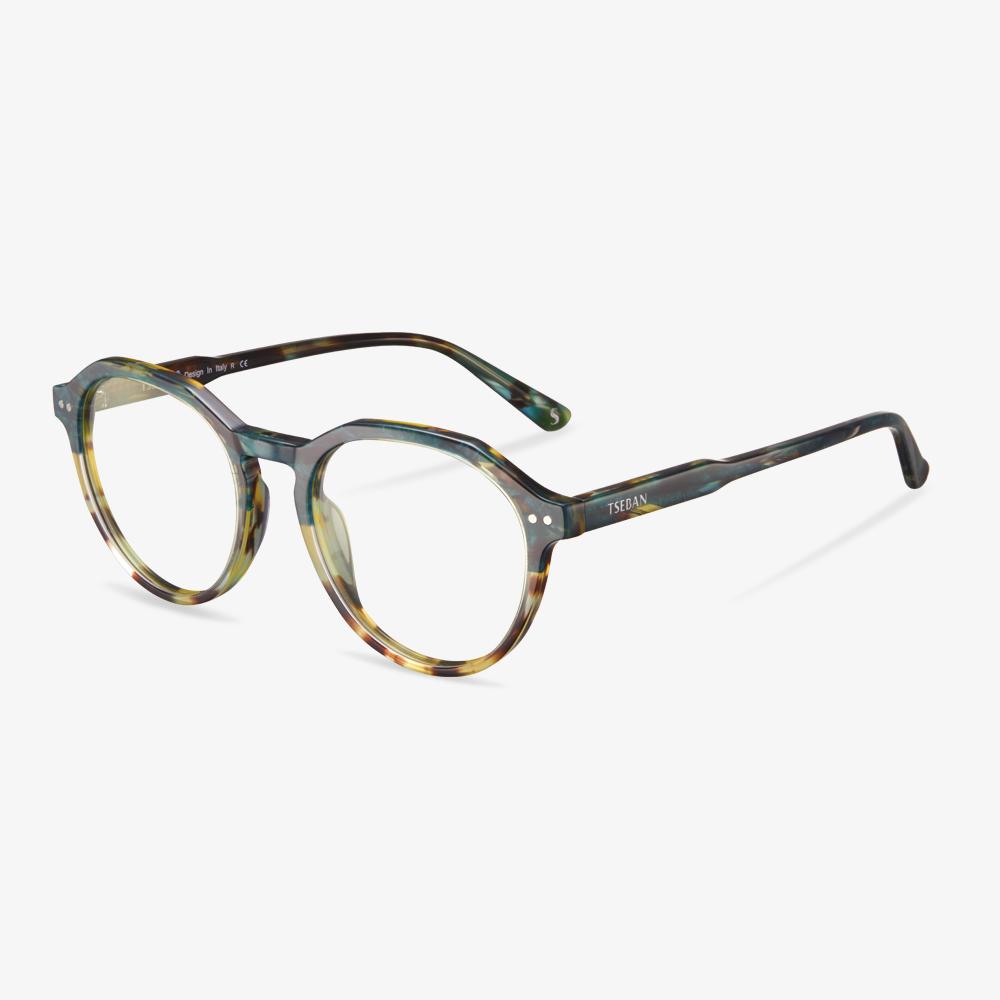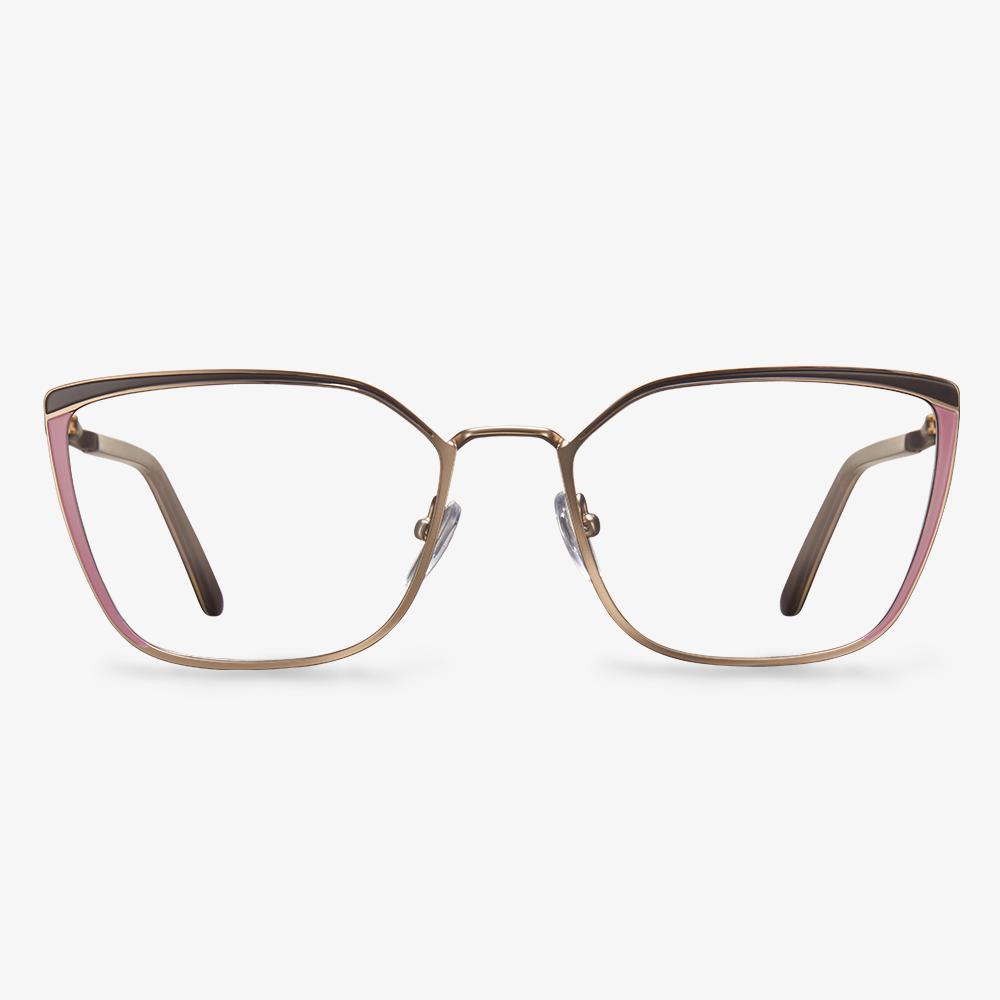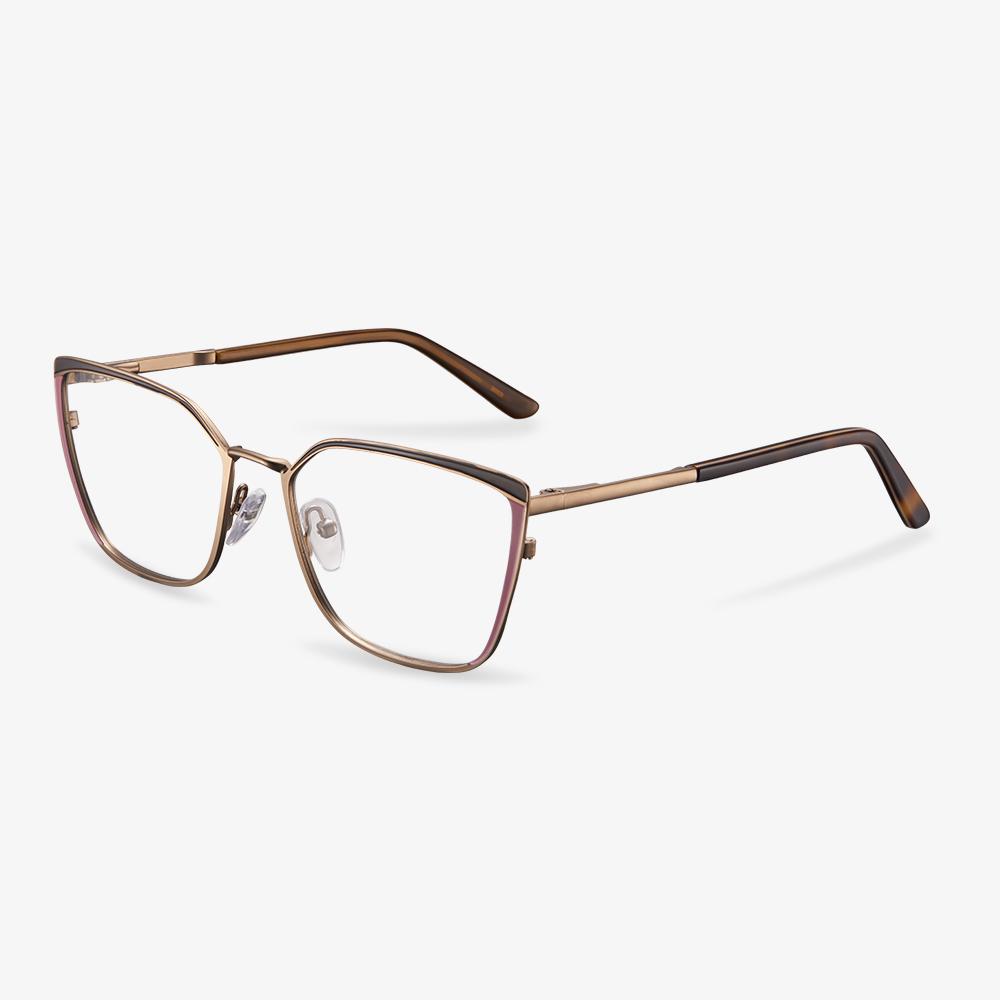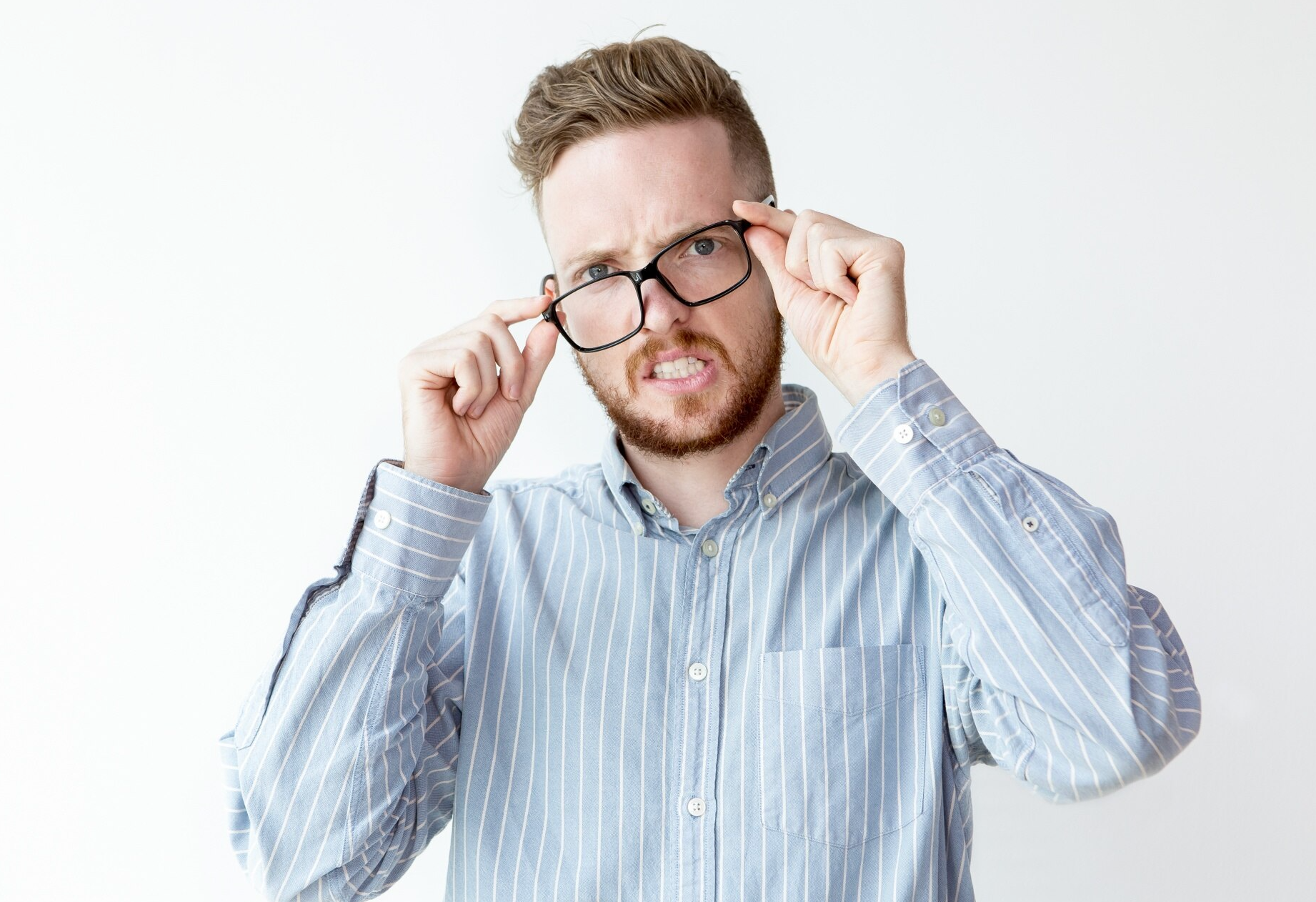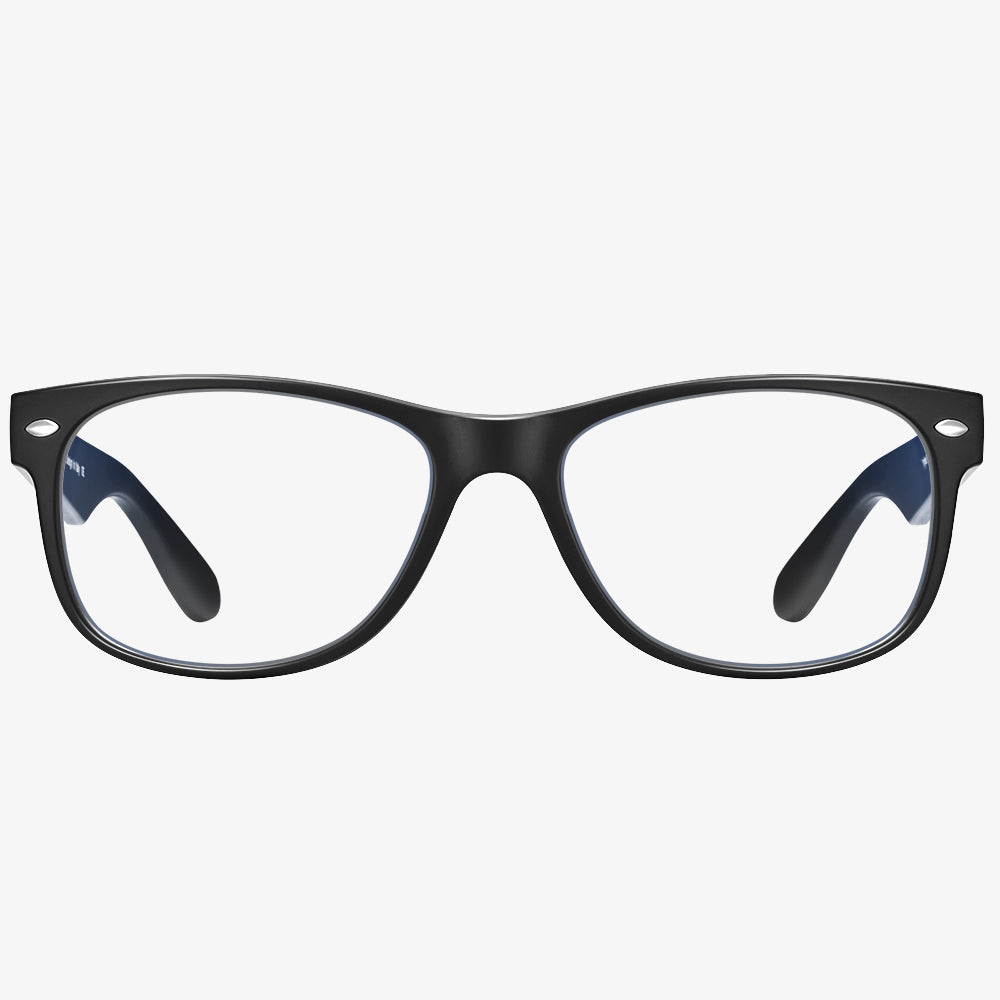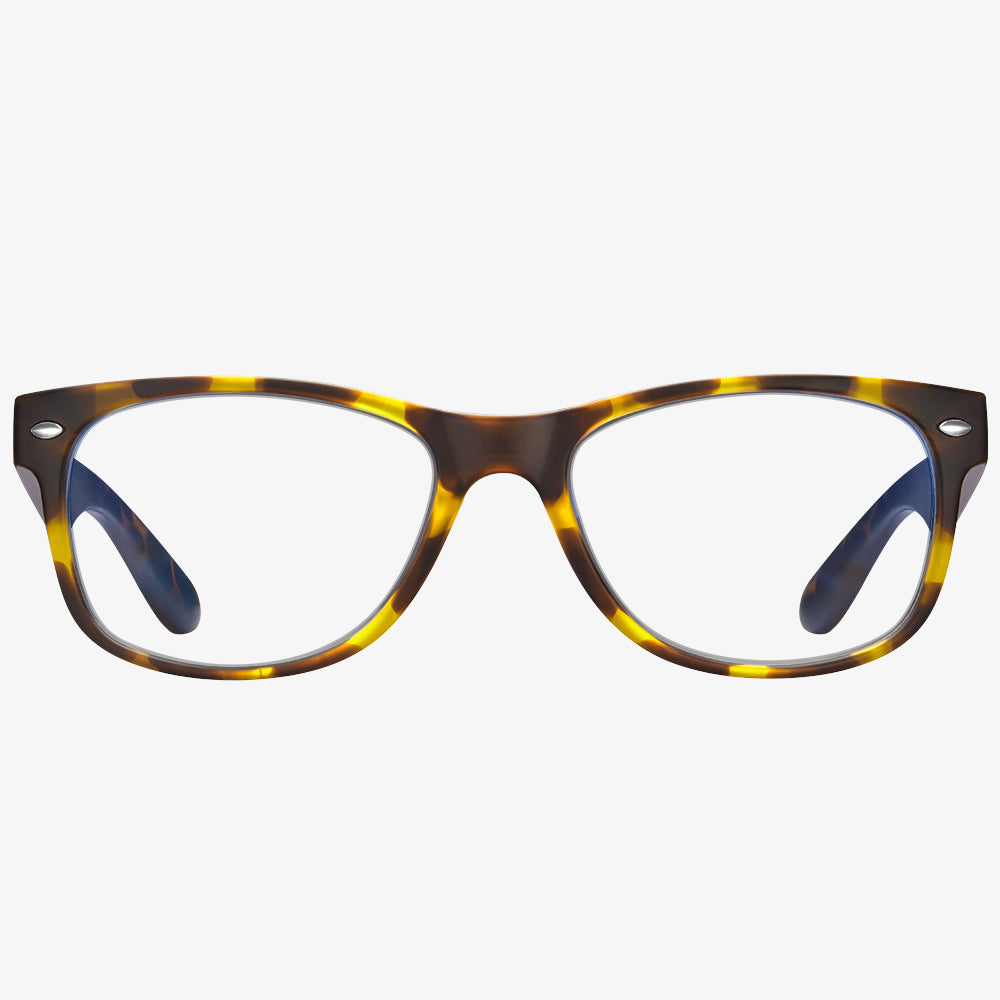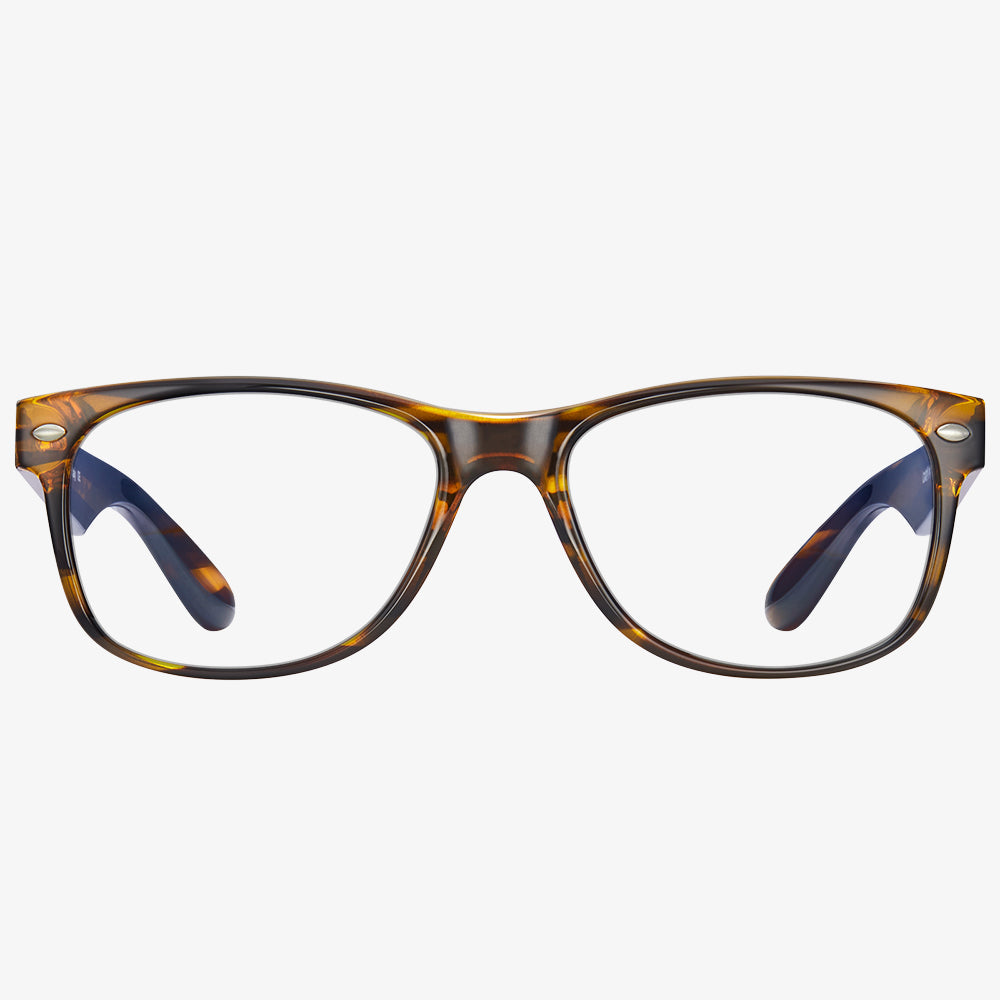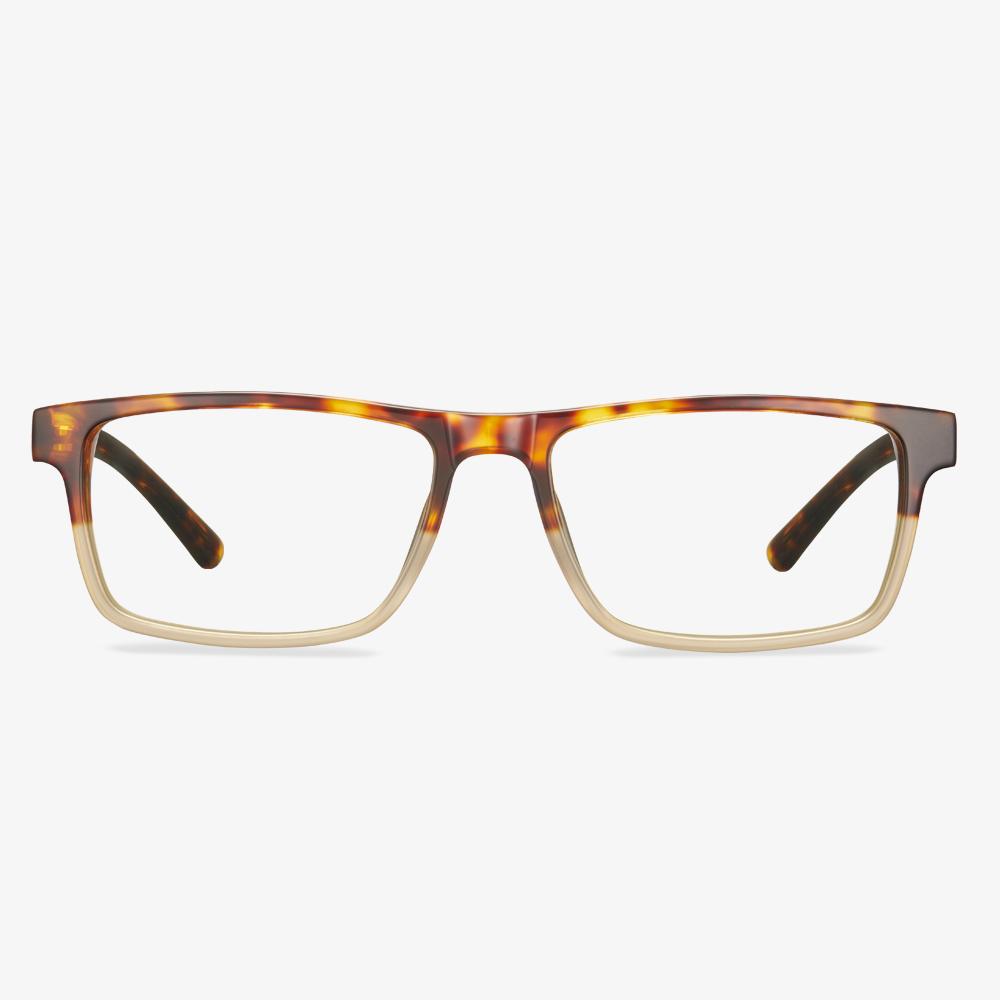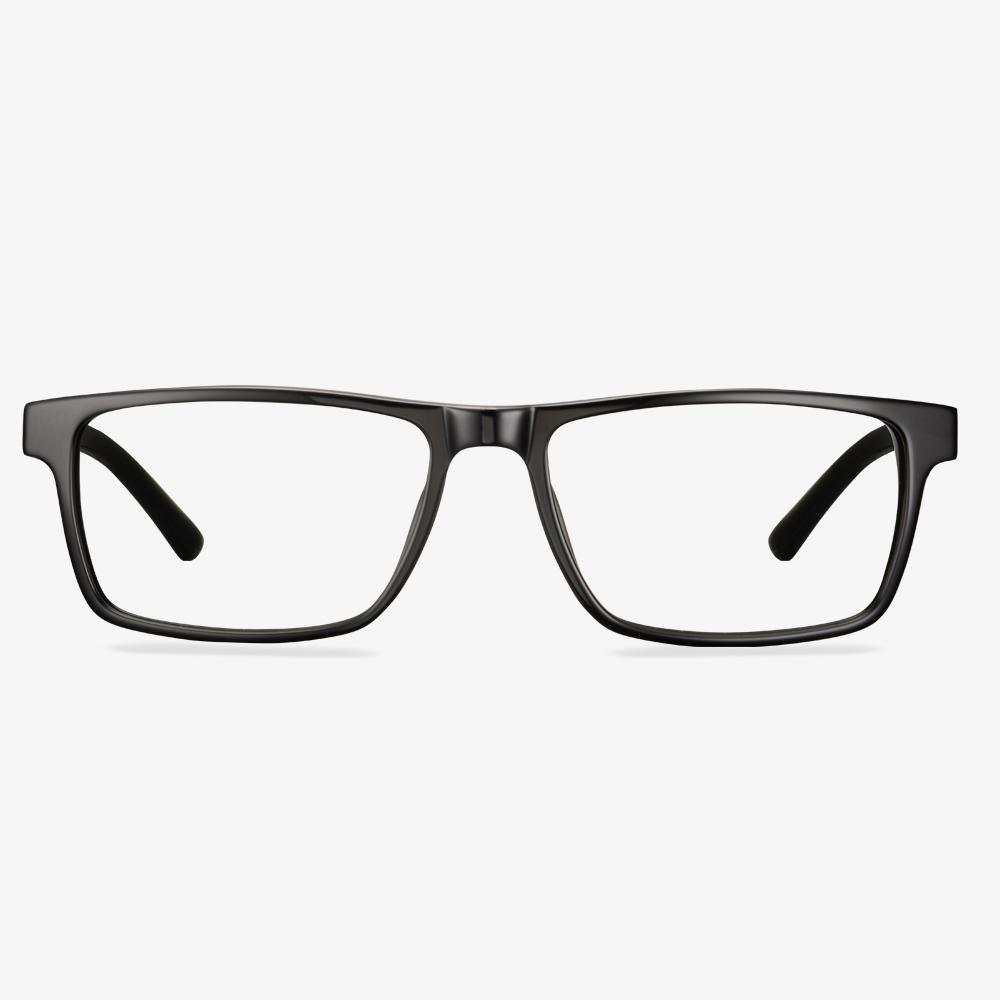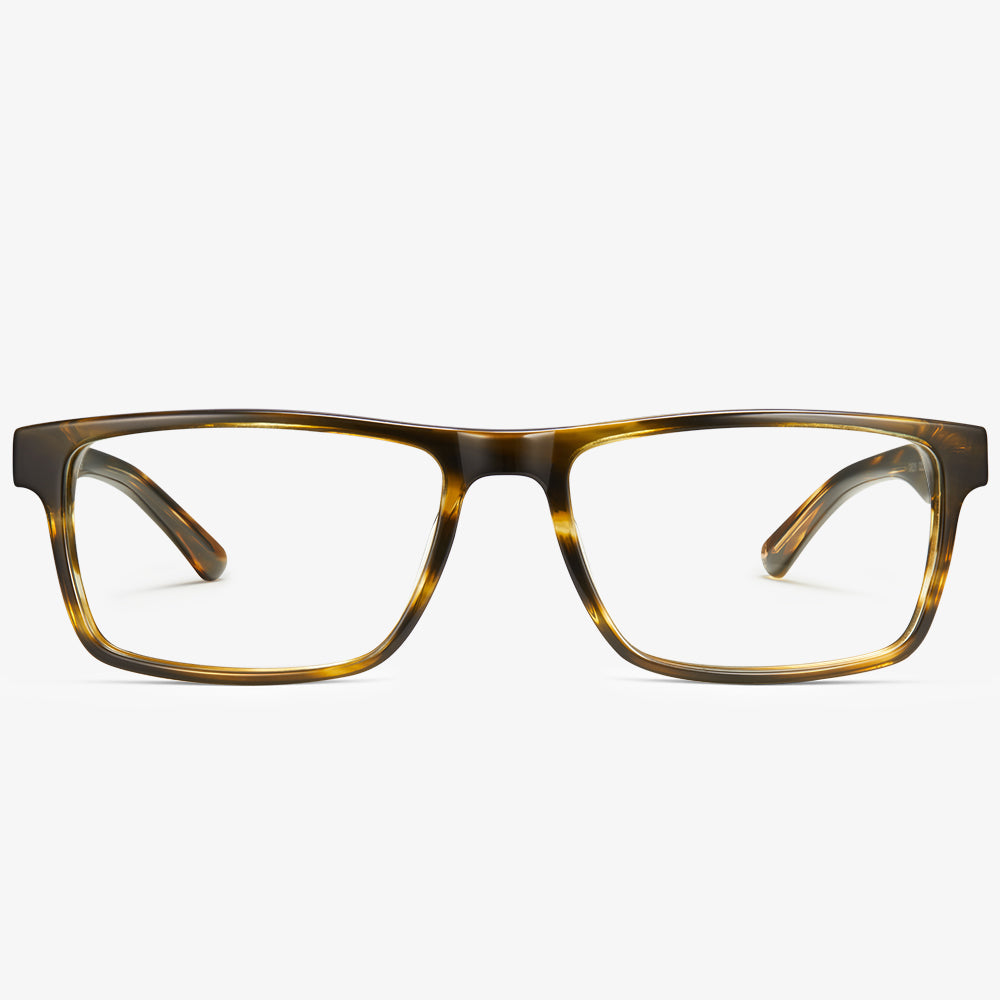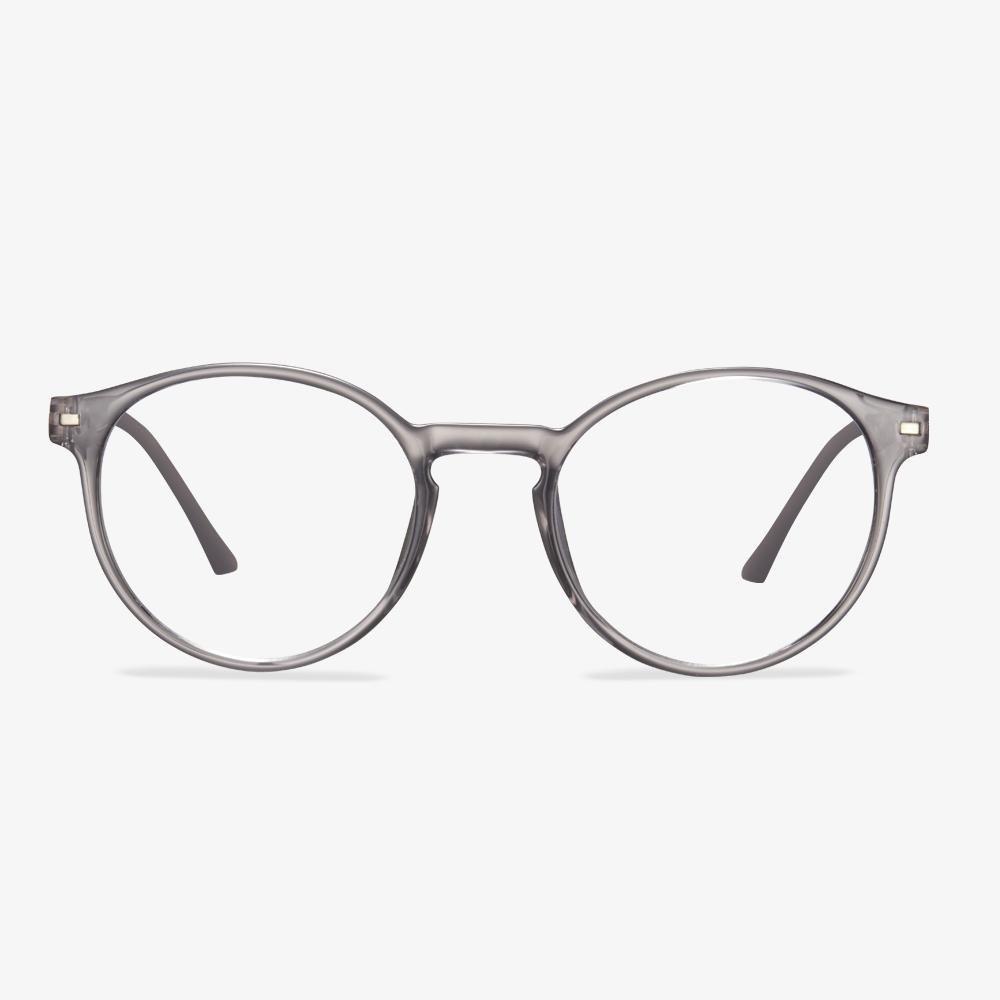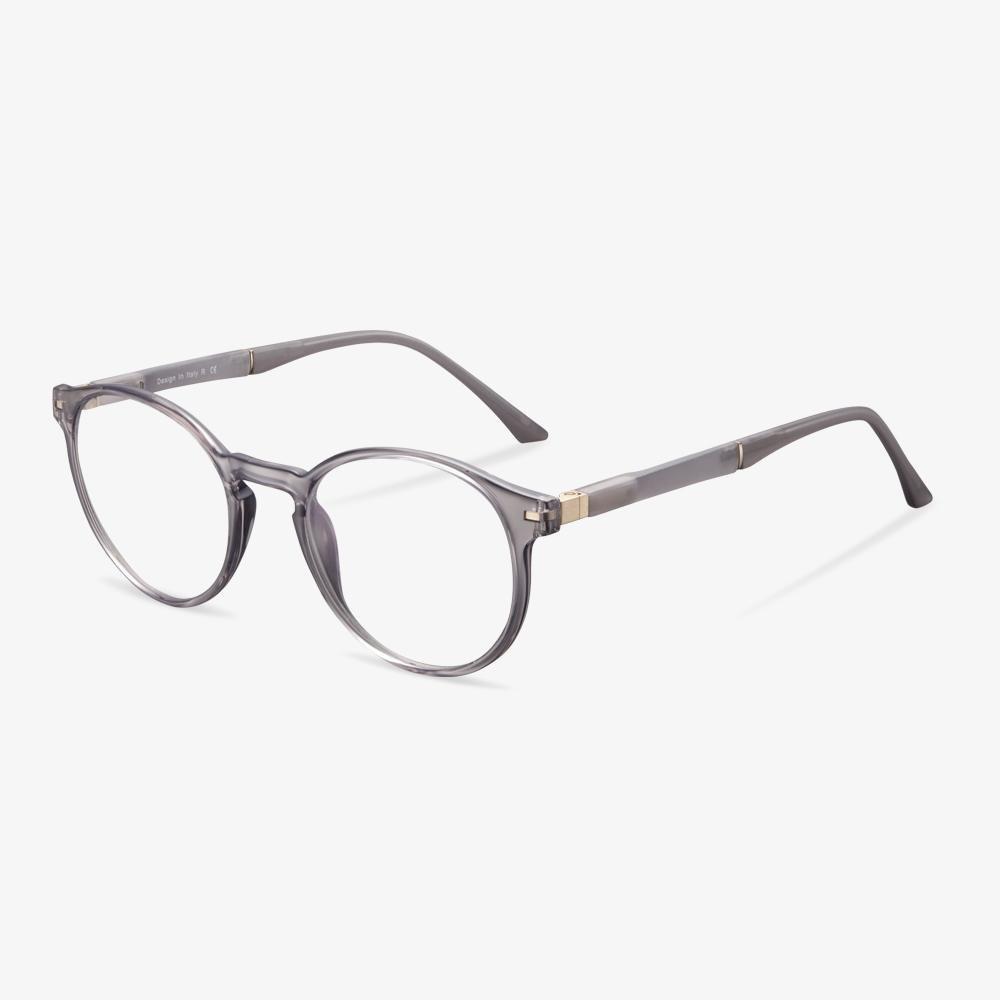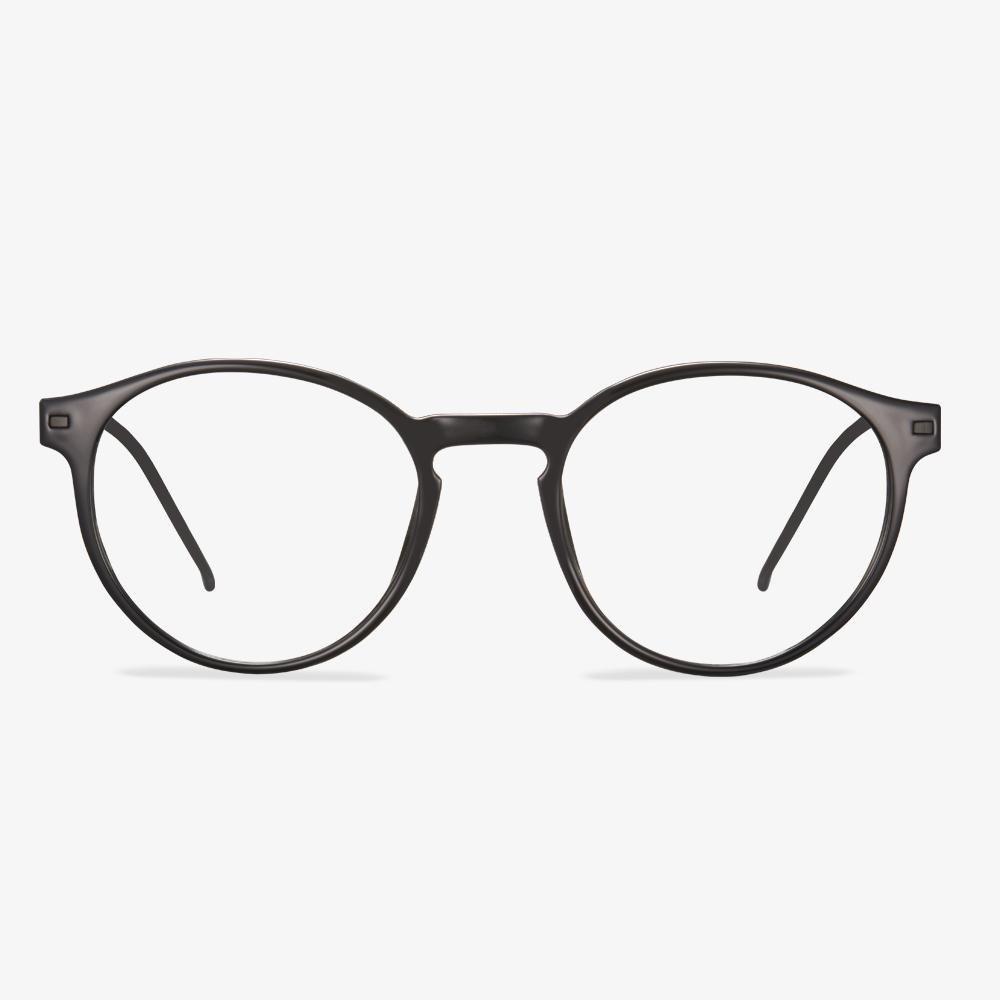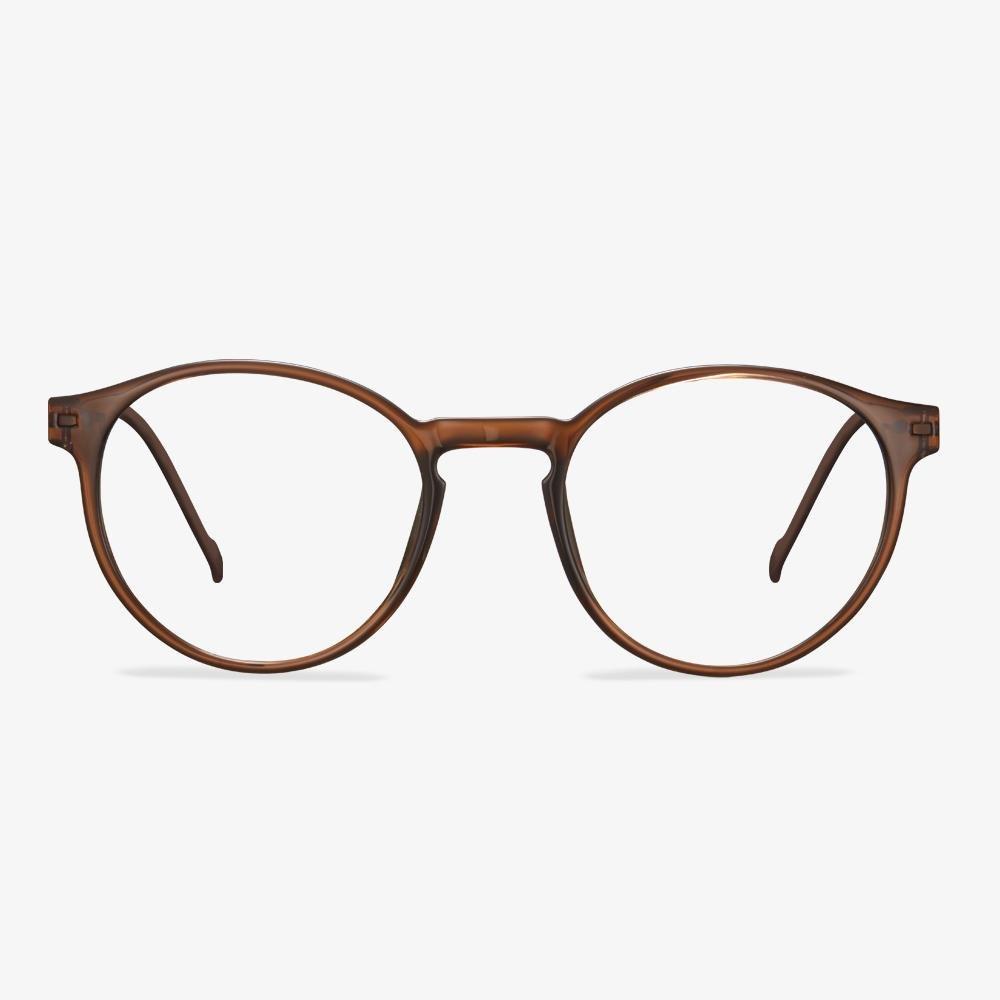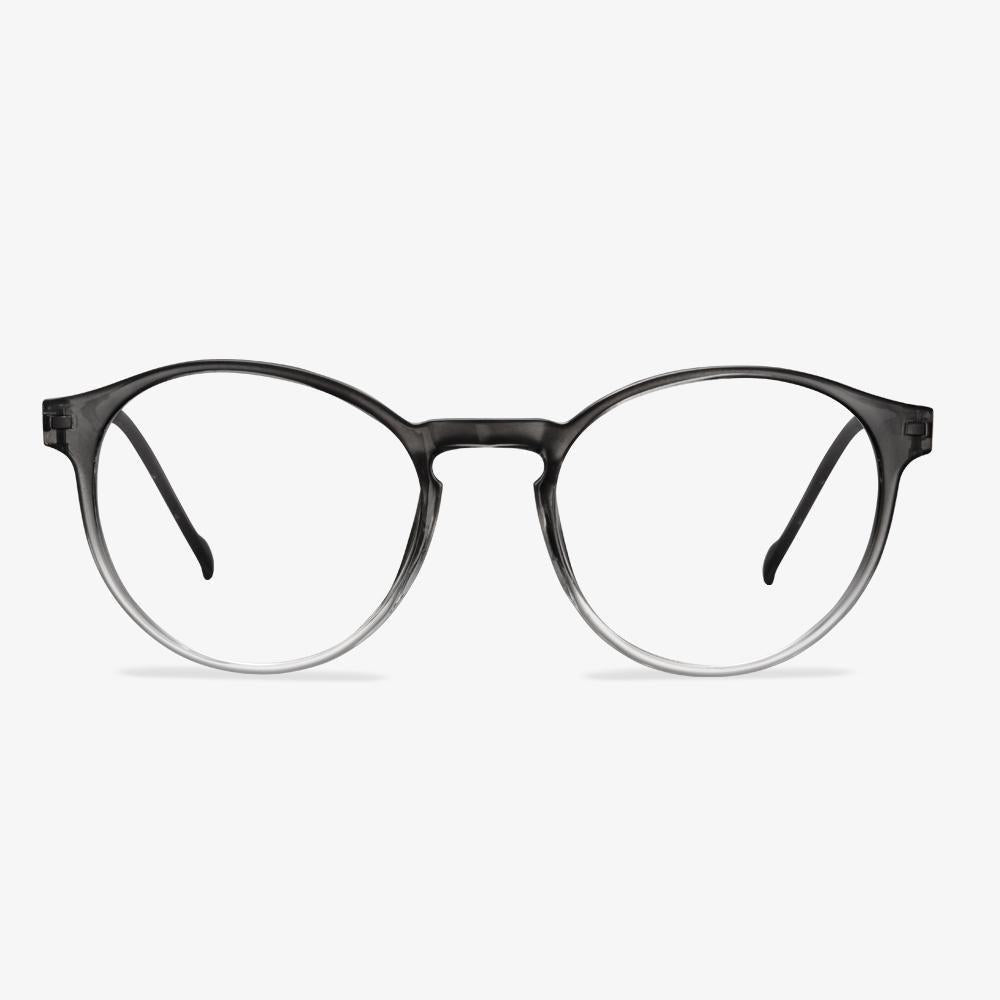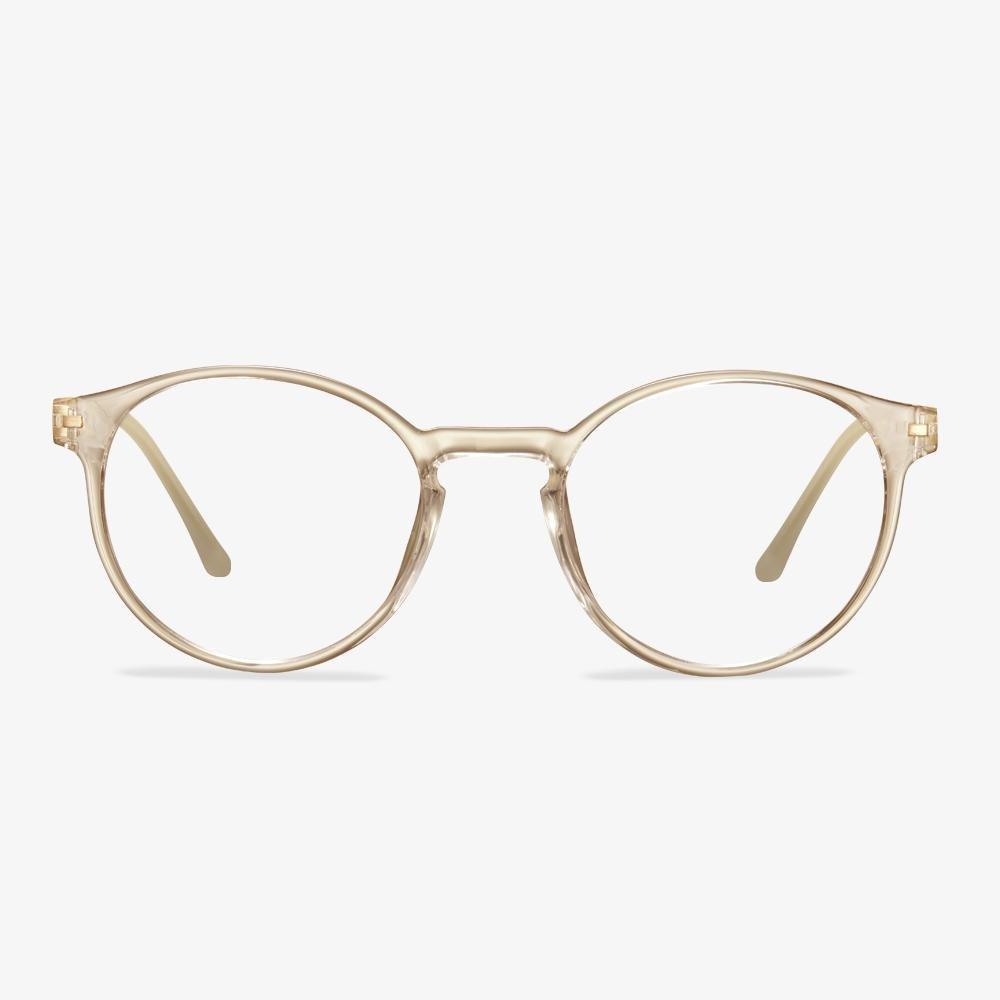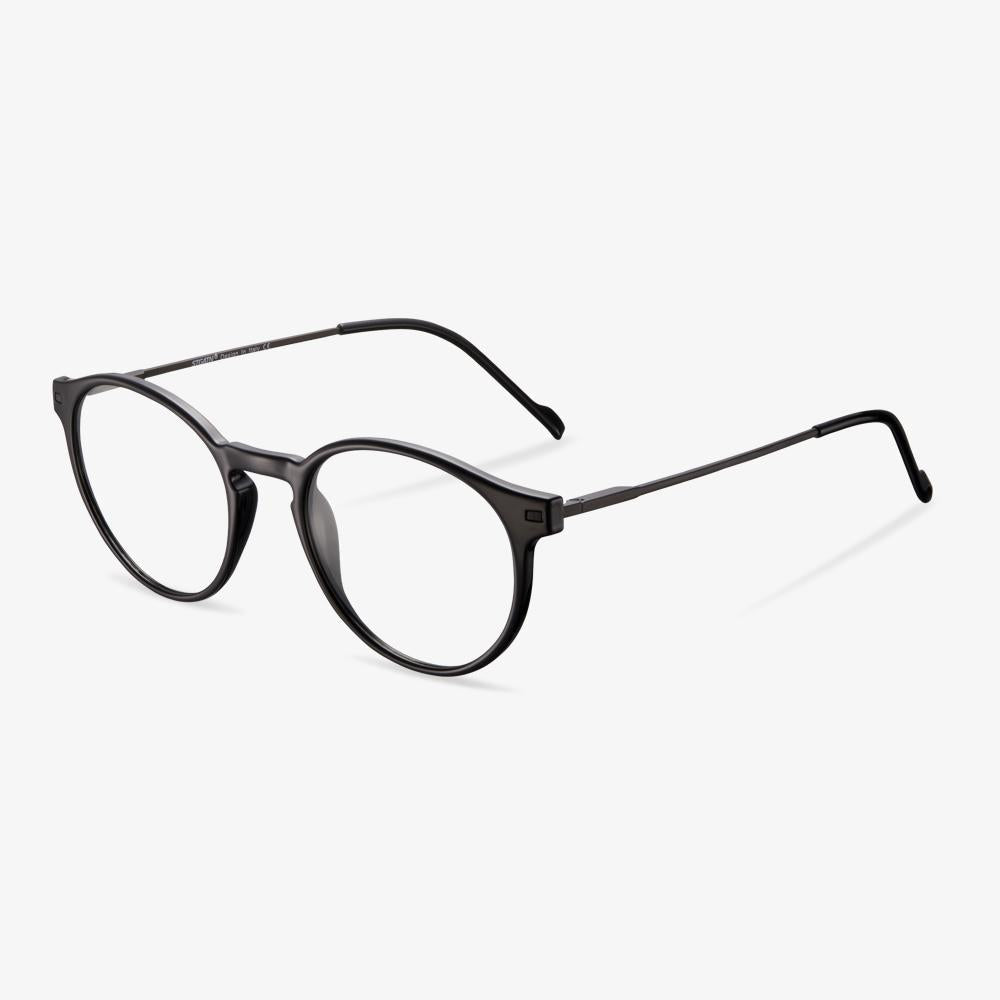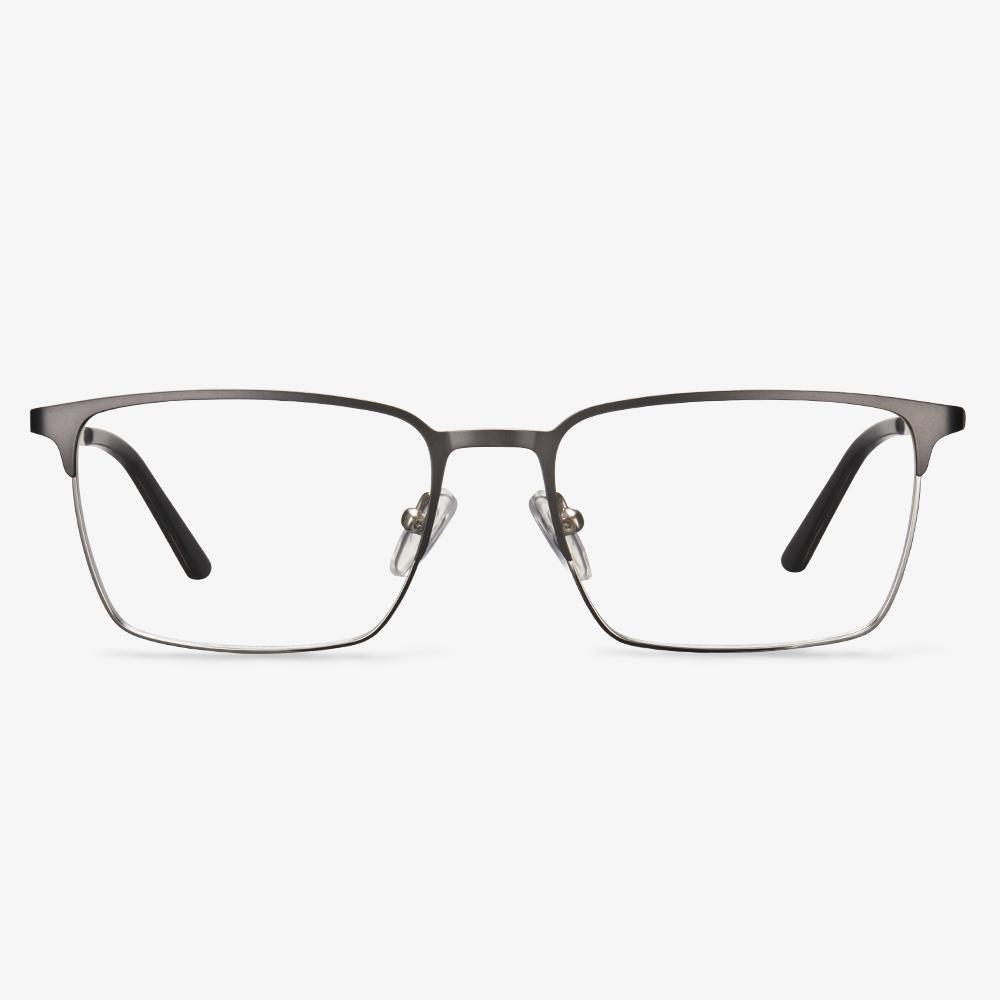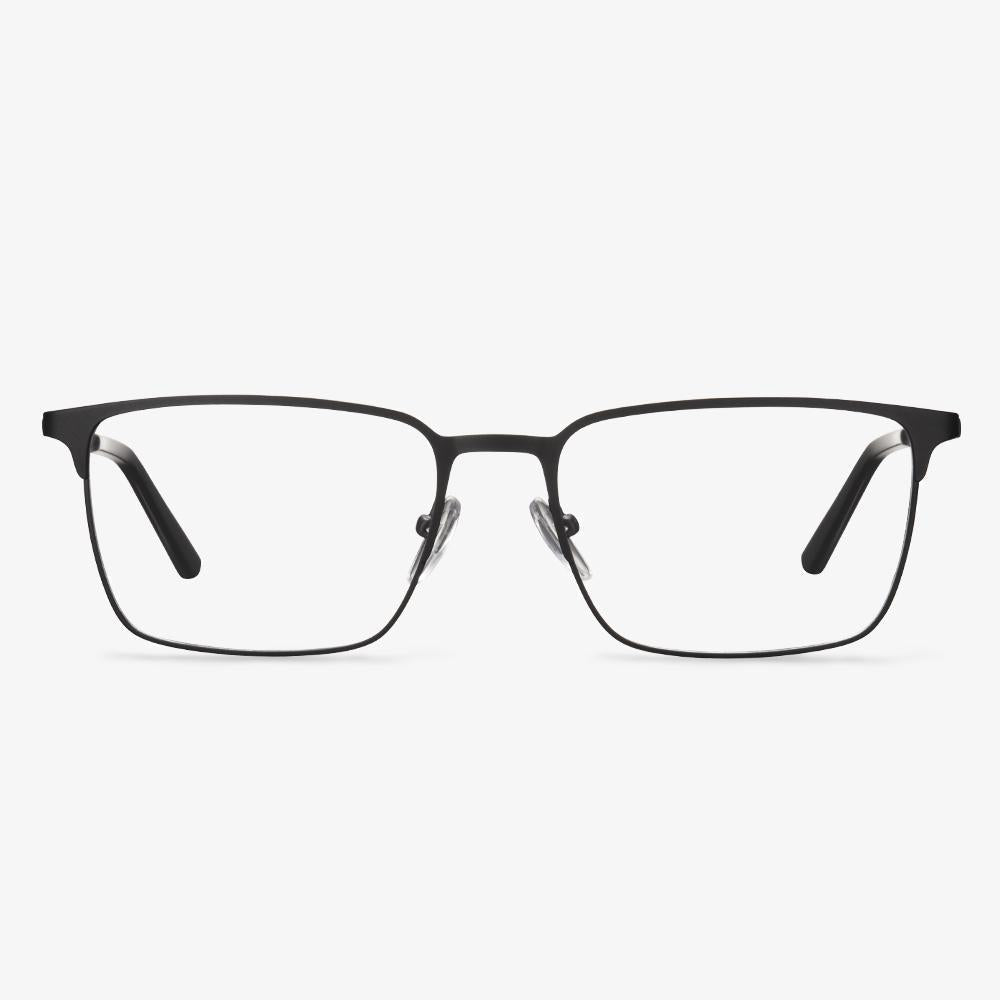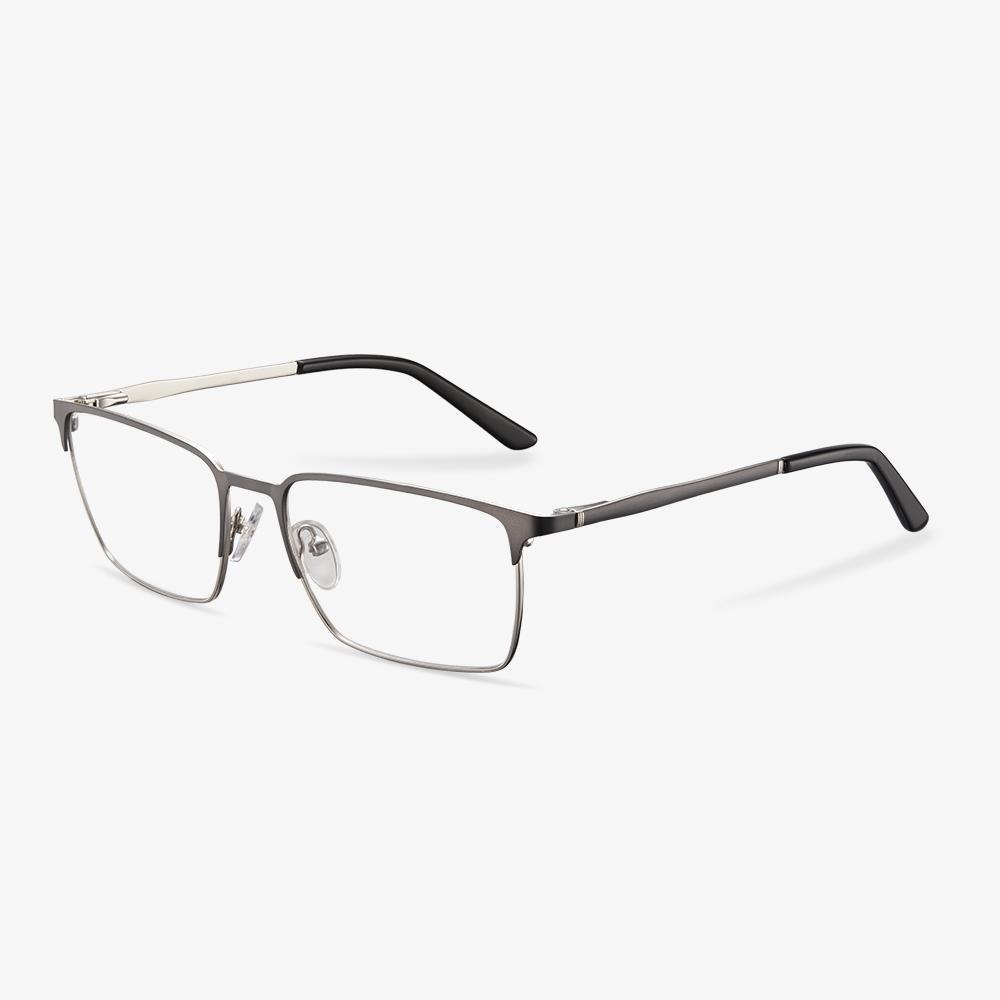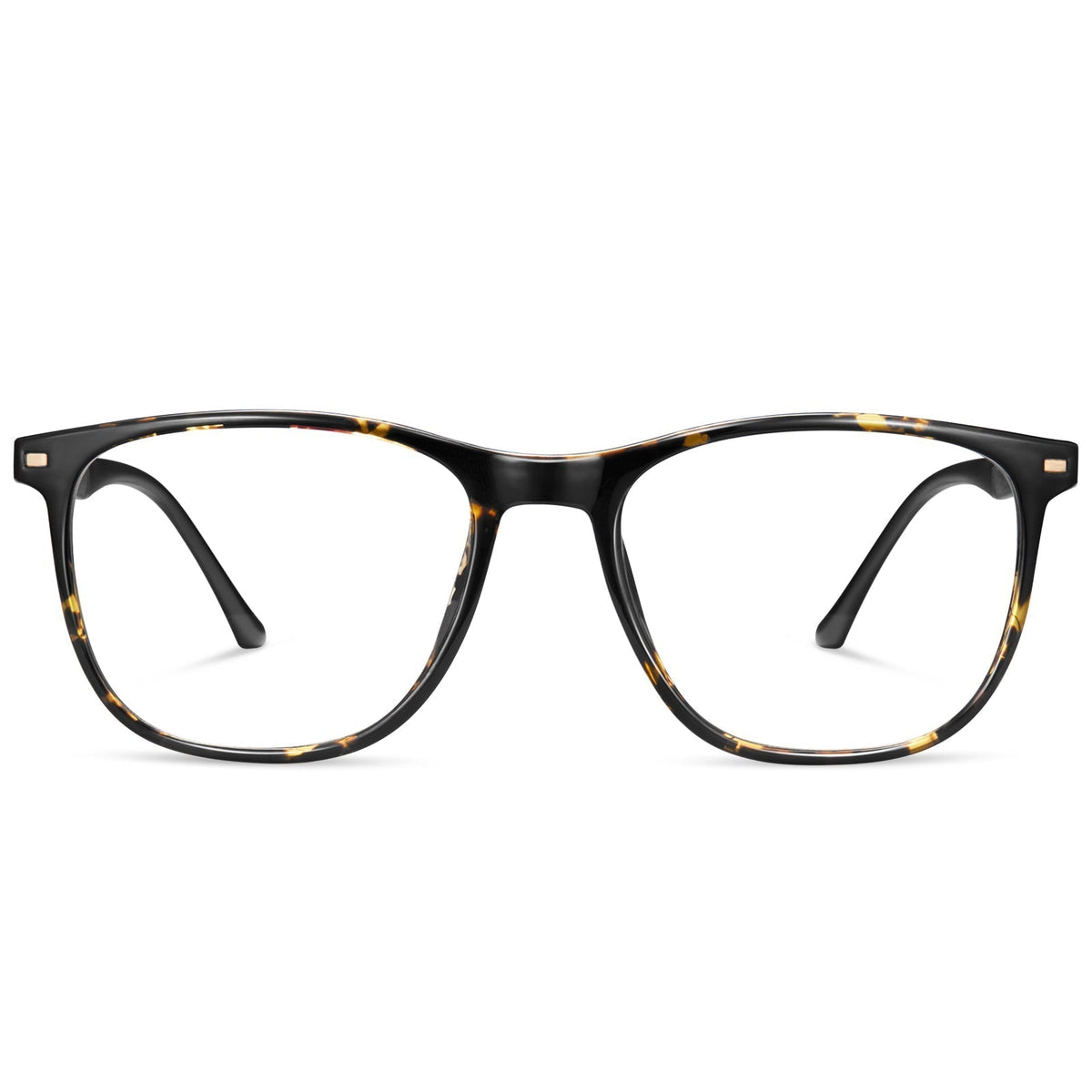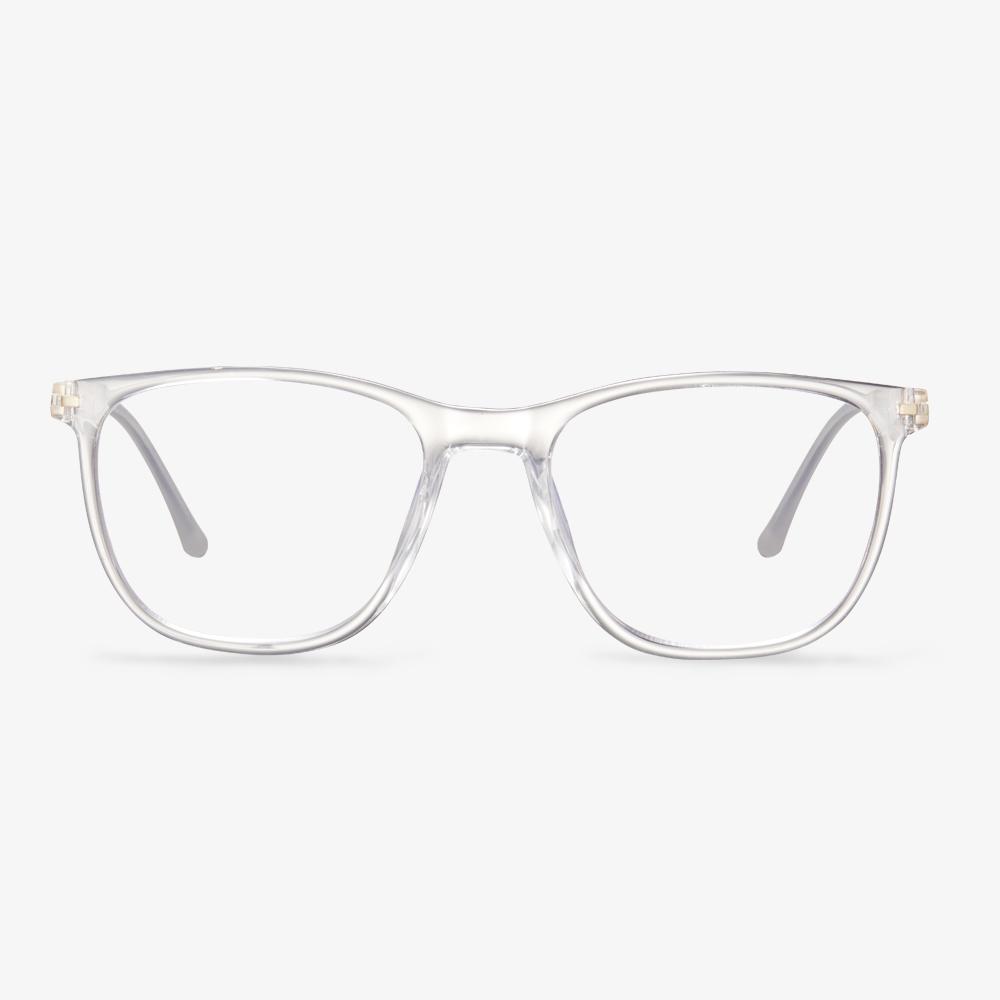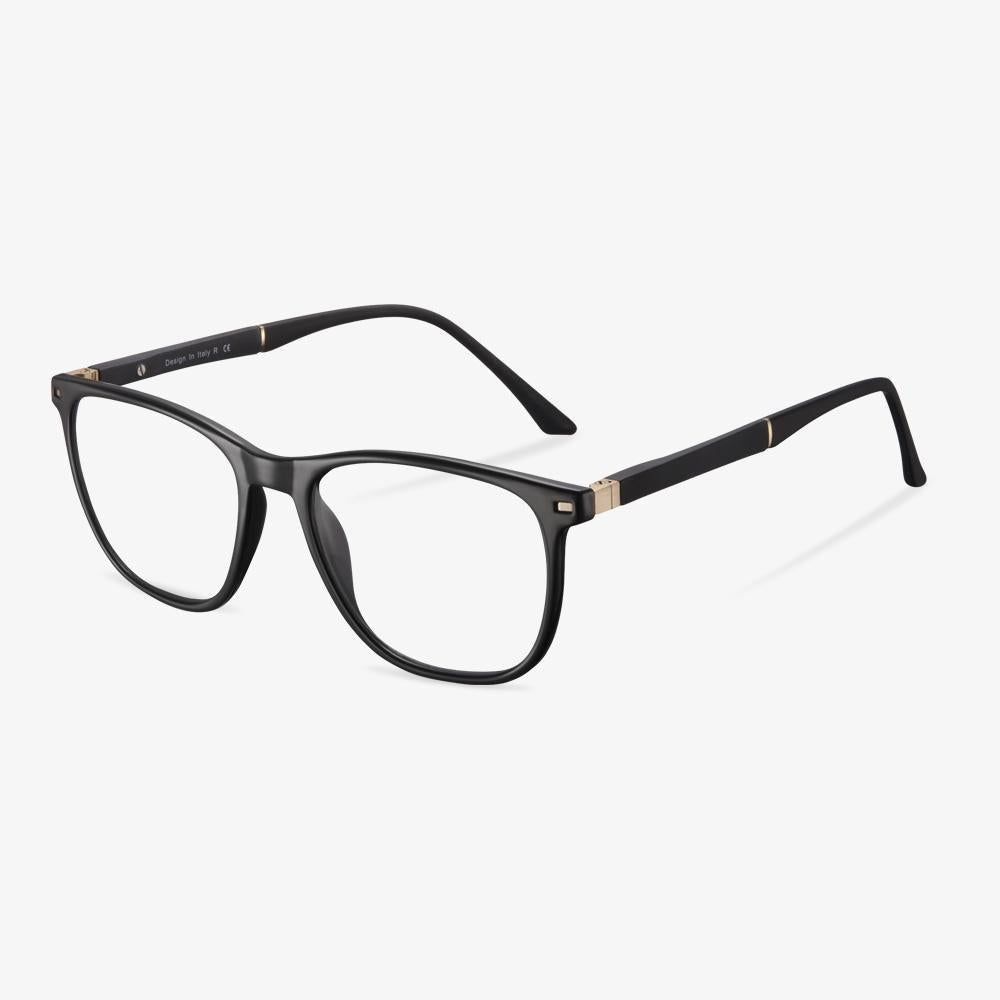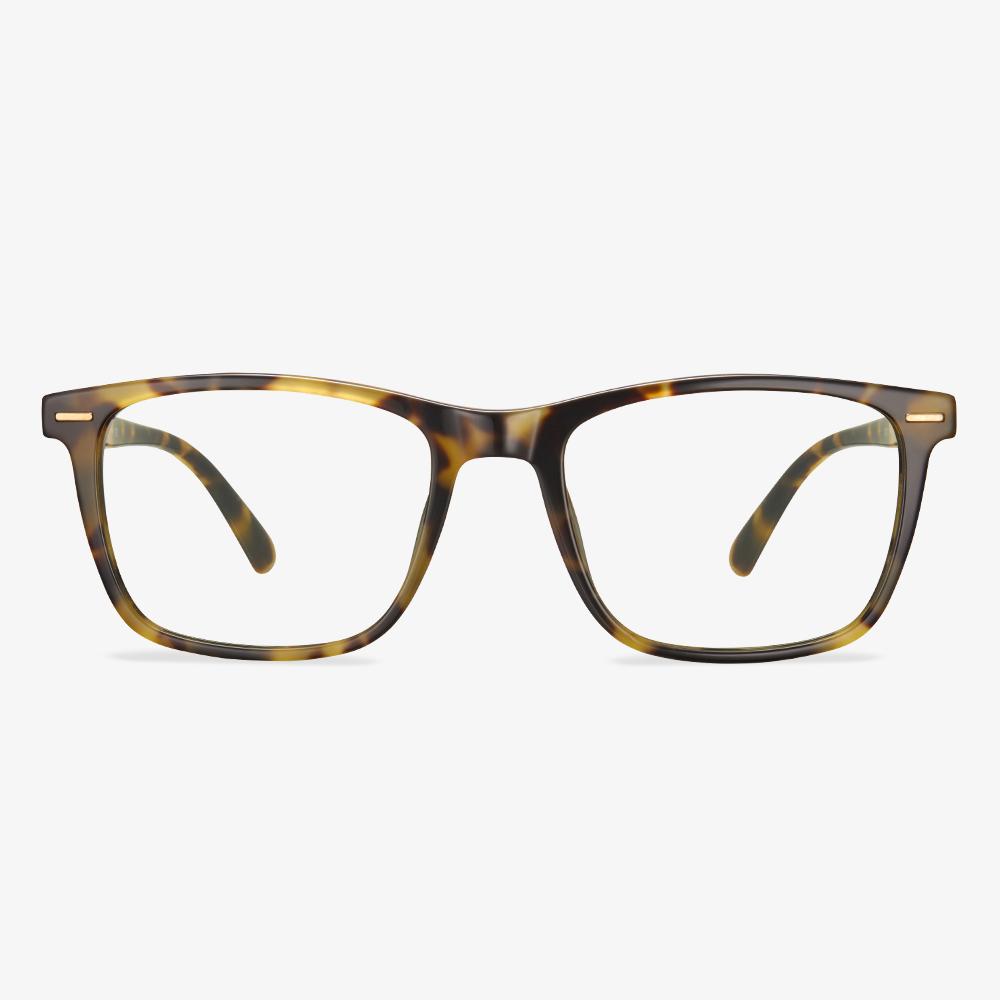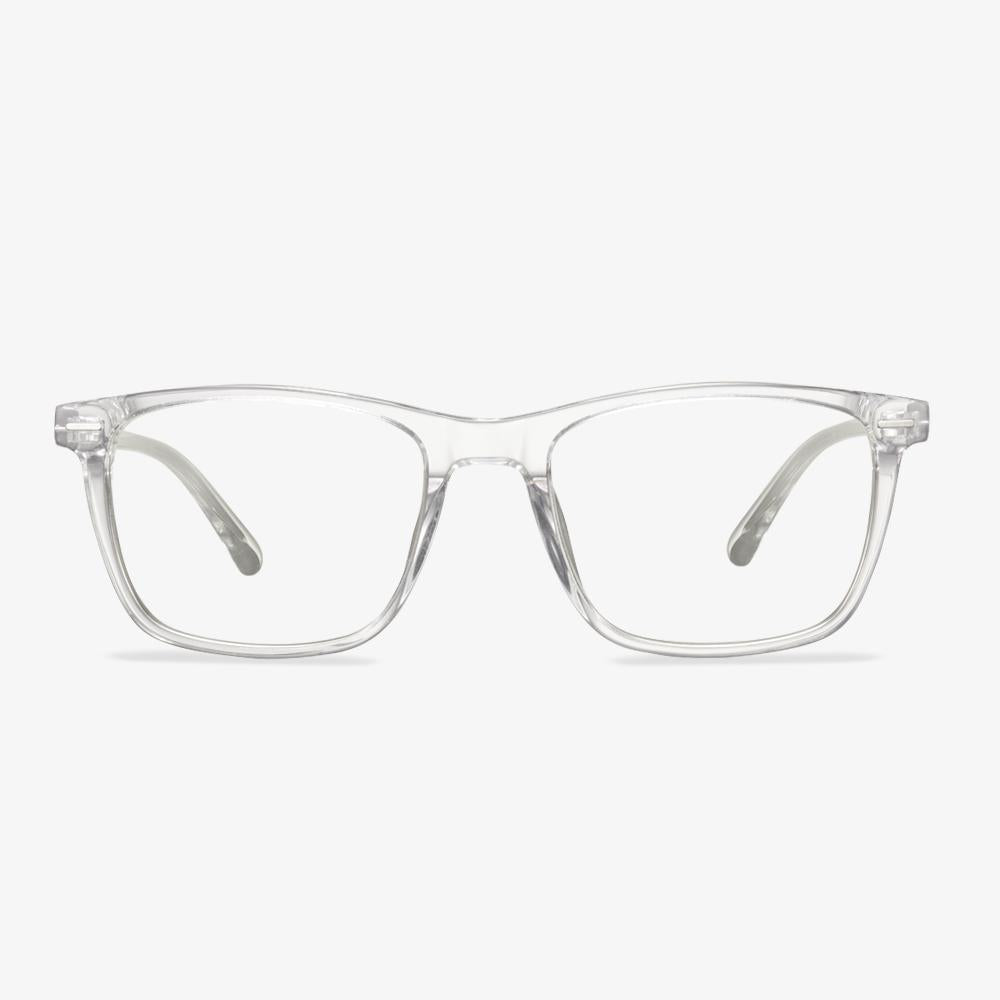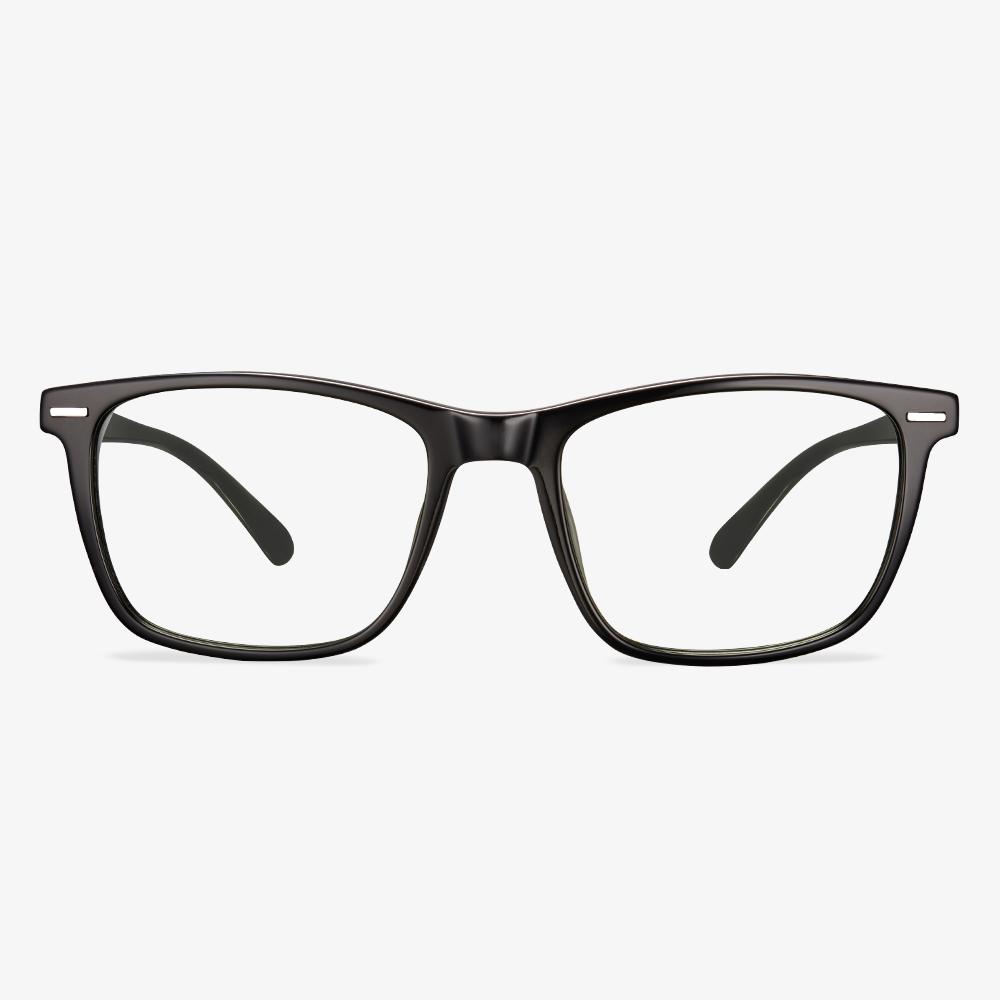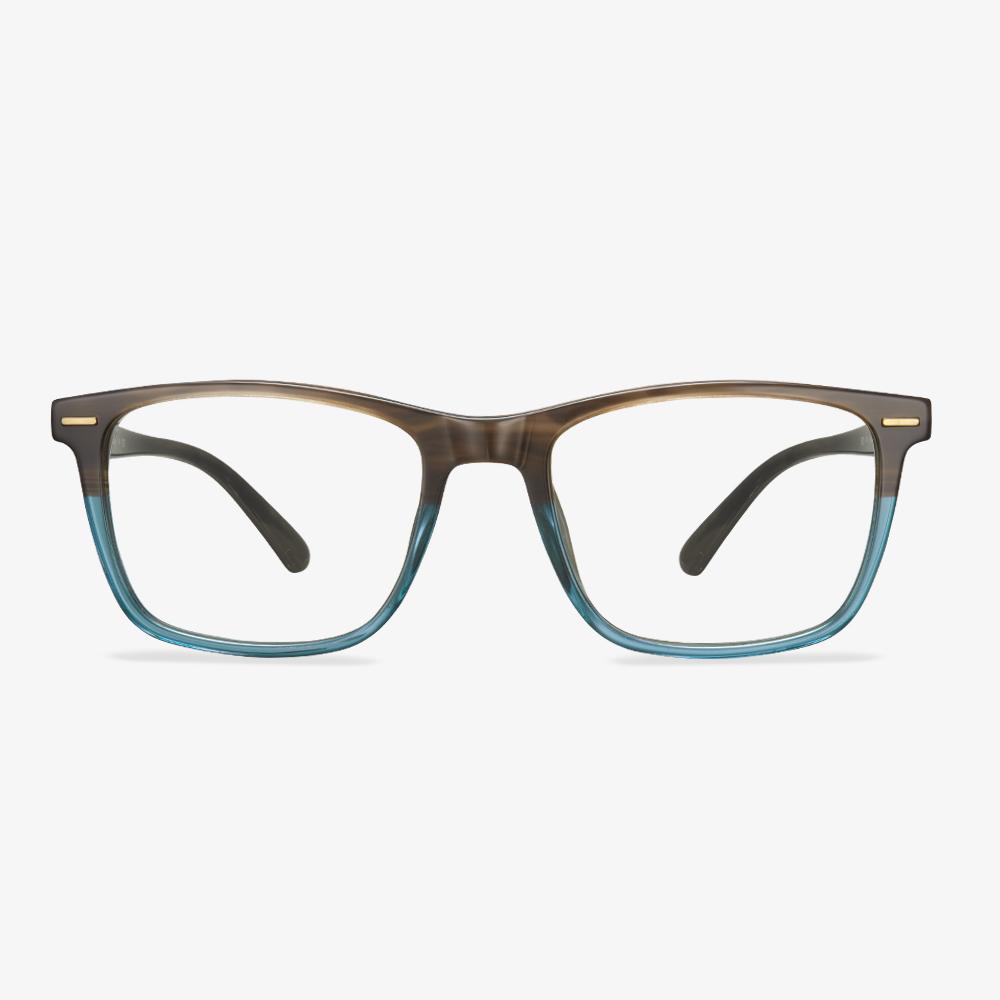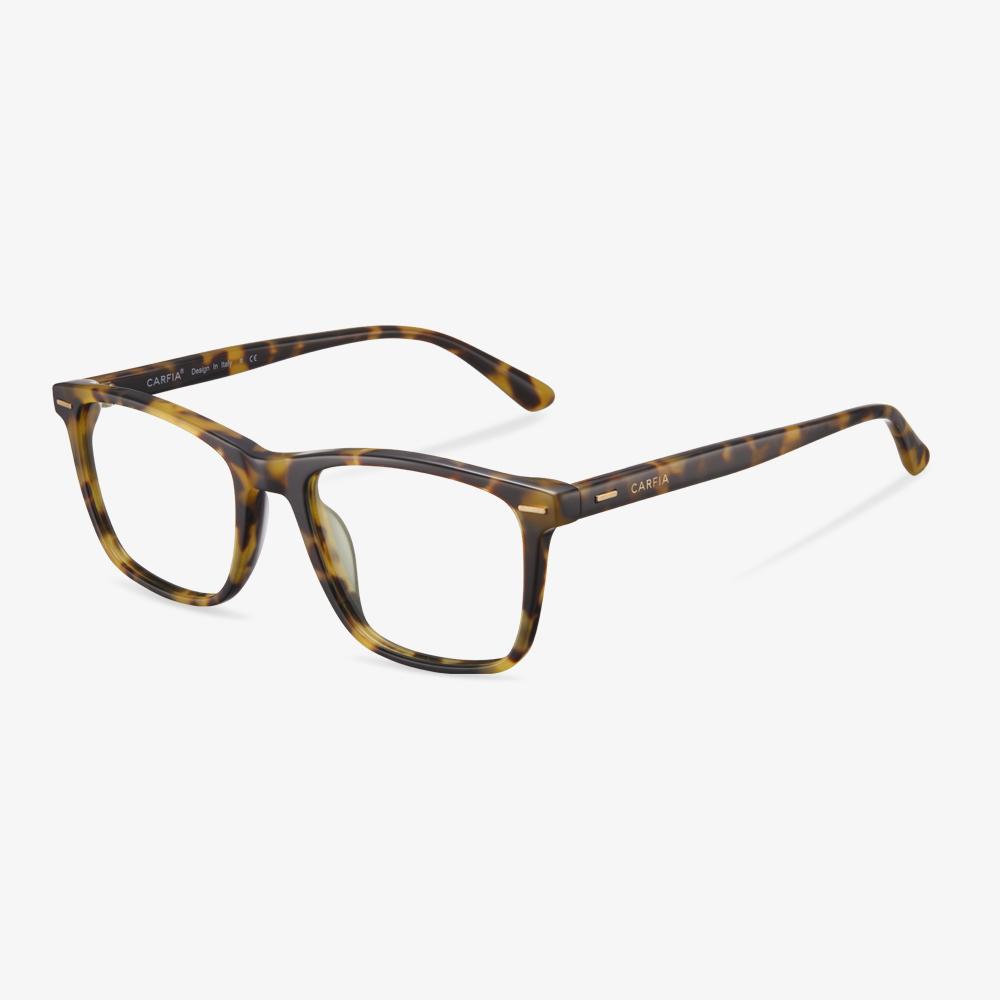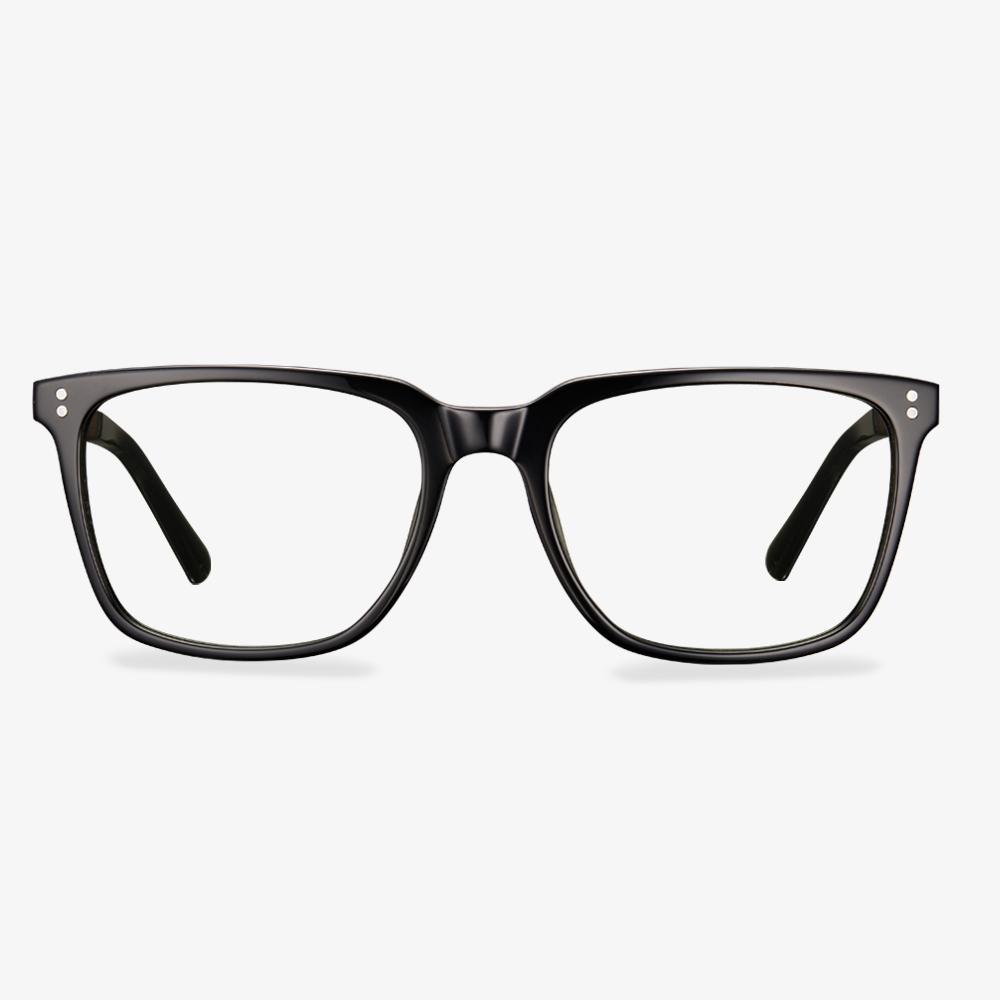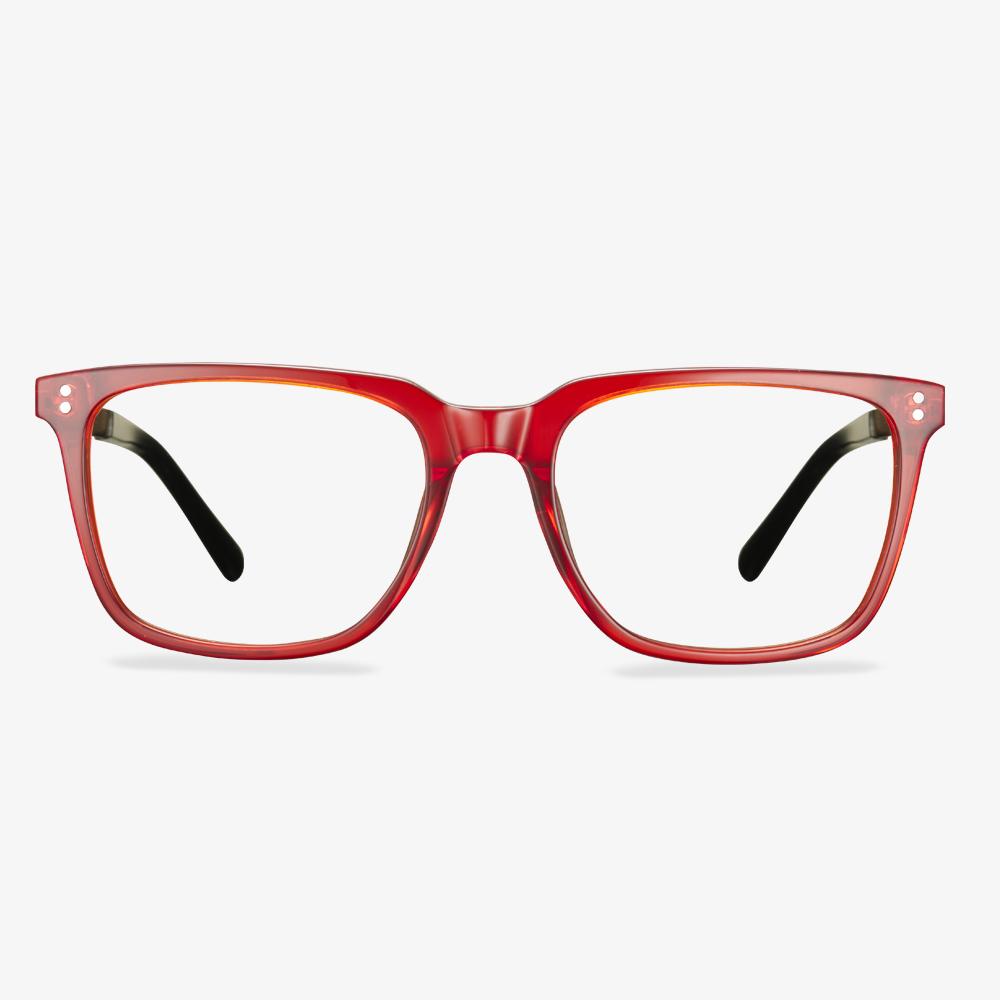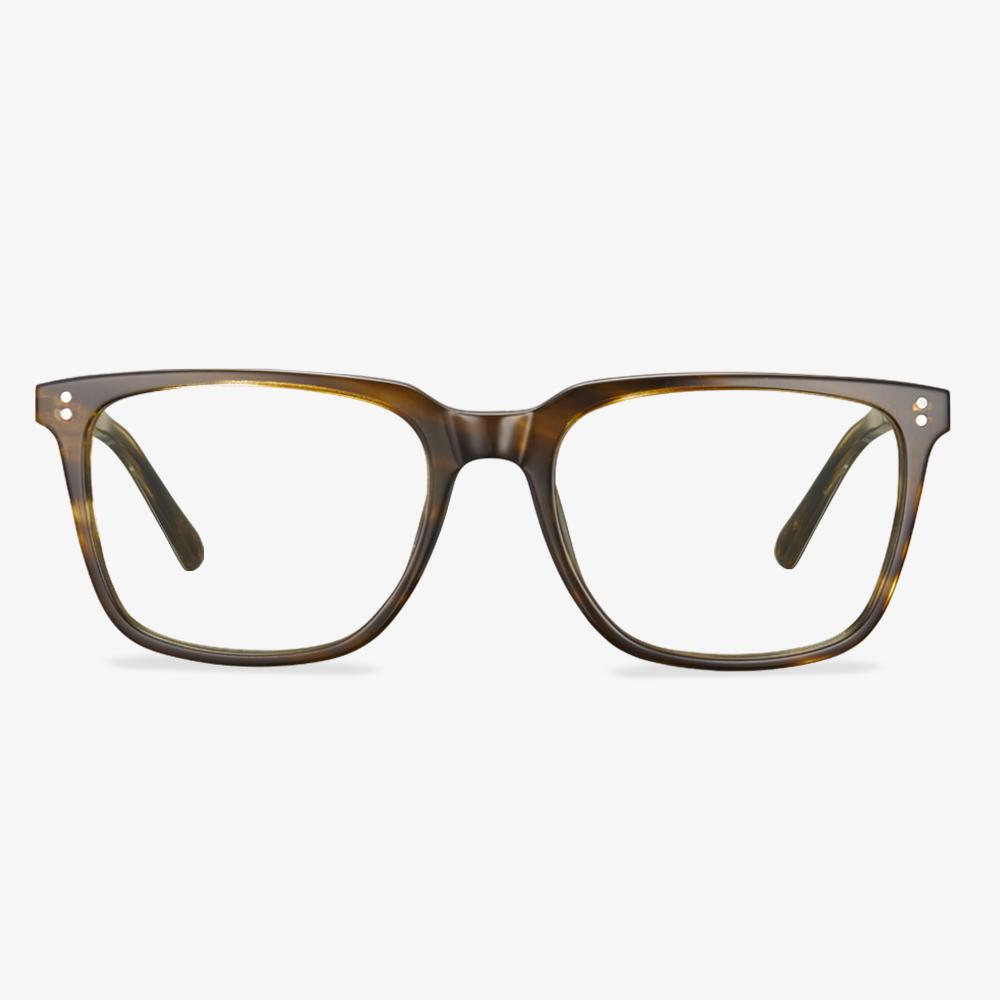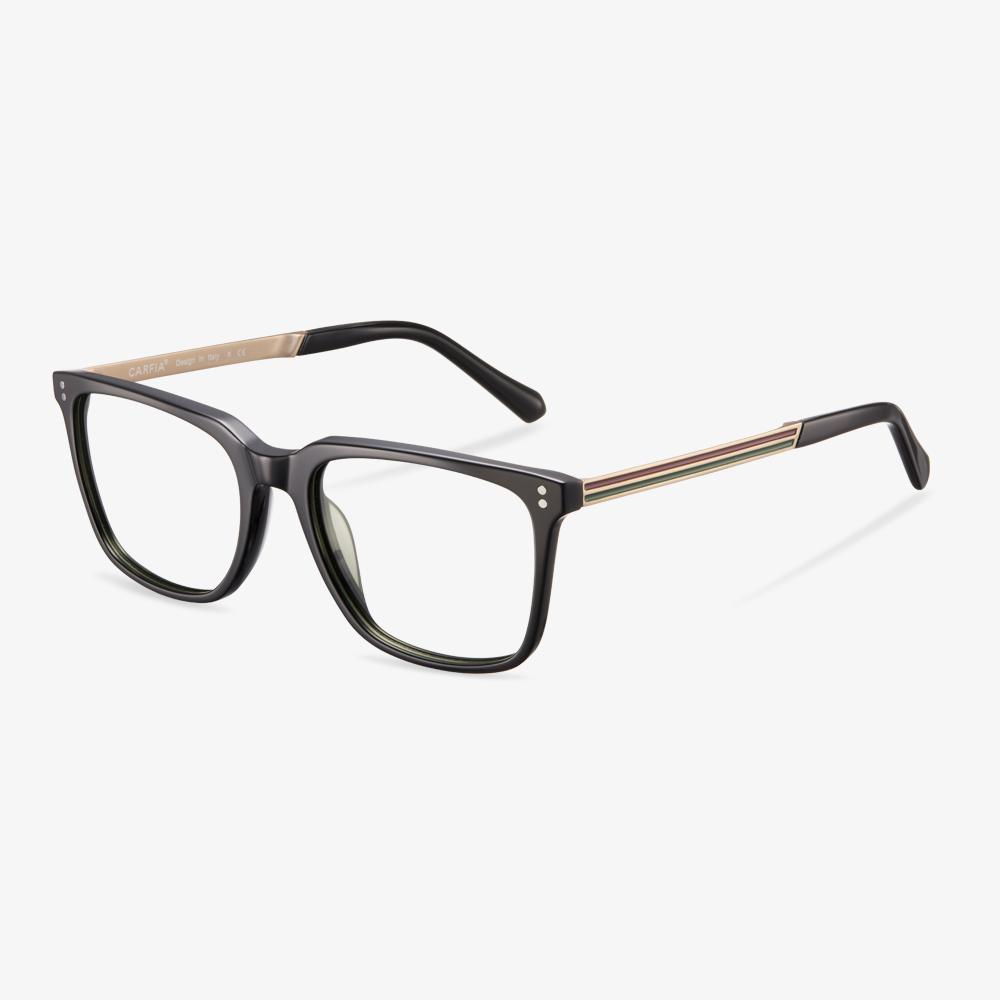Are you experiencing discomfort, headaches, or blurry vision while wearing your glasses? It might be a sign that you have a wrong fit. Ill-fitting glasses not only compromise your vision but can also lead to various eye-related issues over time. In this comprehensive guide, our team of eyewear specialists will help you identify the signs of an improper fit and provide expert advice on selecting the perfect frames for your face shape.
Signs of a Wrong Fit
1. Constant Slippage
If your glasses are constantly slipping down your nose, it's a clear indicator that they don't fit properly. This can be caused by frames that are too wide or the nose bridge not being adjusted correctly.
2. Pressure Marks and Indentations
Pressure marks on the sides of your nose or behind your ears are a common sign of ill-fitting glasses. These marks indicate that the weight of your frames isn't evenly distributed, which can lead to discomfort and even skin irritation.
3. Eye Strain and Discomfort
Wearing glasses that are too tight or too loose can result in eye strain and general discomfort. Your eyes may have to work harder to focus, leading to headaches and fatigue.
4. Blurry Vision
If you experience persistent blurry vision, even after adjusting your glasses, it's likely that they are not fitted properly. This could be due to an incorrect prescription or frames that are not aligned with your eyes.
Steps to Correct an Improper Fit
1. Visit a Professional Eyewear Specialist
The first step in rectifying an improper fit is to consult an eyewear specialist. They have the expertise to assess your current glasses and recommend adjustments or guide you towards frames that better suit your facial features.
2. Frame Selection
Choosing the right frames is crucial for a comfortable fit. Different face shapes require different frame styles. For example, round faces tend to suit angular frames, while square faces look best with round or oval frames.
3. Adjust the Nose Pads
Nose pads play a vital role in ensuring that your glasses sit comfortably on your face. They should rest evenly on your nose without pinching or digging in. An eyewear specialist can make the necessary adjustments to achieve this.
4. Evaluate the Temple Length
The temple arms of your glasses should extend straight back and rest lightly against your ears. If they press too hard or are too loose, an eyewear professional can adjust them accordingly.
5. Check for Proper Alignment
When you put on your glasses, they should be aligned with your eyes. If they sit too high or too low, it can lead to discomfort and vision problems. An eyewear specialist can make the necessary adjustments to ensure optimal alignment.
6. Regular Follow-Ups
Even after adjustments, it's important to schedule regular follow-up appointments with your eyewear specialist. Over time, the fit of your glasses may change, and minor tweaks may be necessary for continued comfort and optimal vision.
Secondary Keywords:
1. Choosing the Right Frames for Your Face Shape
Selecting frames that complement your face shape is essential for both style and comfort. Our specialists provide expert insights on which frame styles work best for different face shapes.
2. Tips for Avoiding Common Eyewear Problems
Discover practical tips and advice from our eyewear specialists on how to prevent common problems such as slipping glasses, pressure marks, and discomfort.
3. Benefits of Customized Eyewear Fittings
Learn about the advantages of getting personalized eyewear fittings from our experienced specialists. Customized fittings ensure that your glasses are tailored to your unique facial features for the perfect fit.
4. The Link Between Properly Fitted Glasses and Eye Health
Explore the connection between well-fitted glasses and maintaining good eye health. Our specialists explain how ill-fitting glasses can lead to a range of eye-related issues and offer guidance on selecting the right frames.




